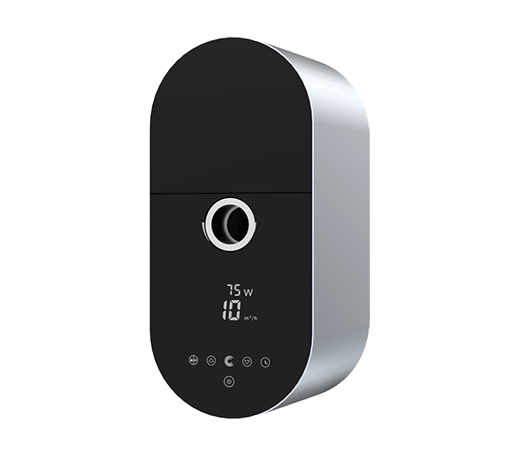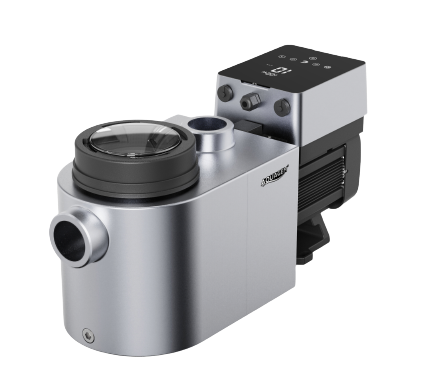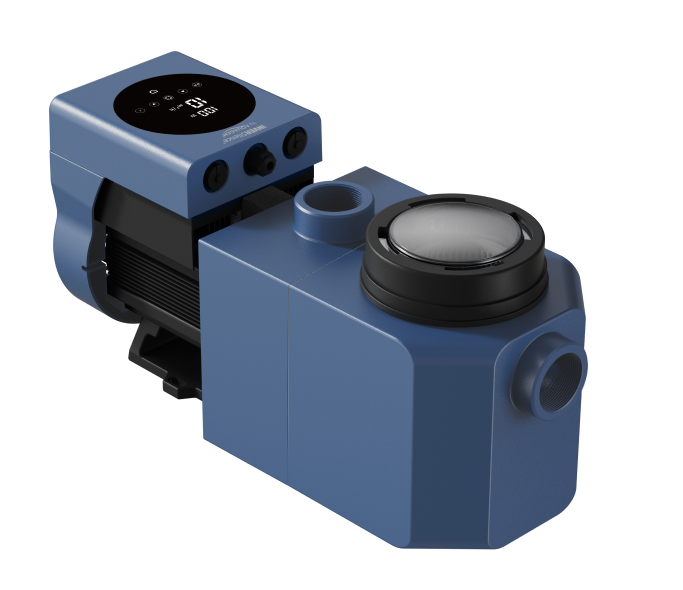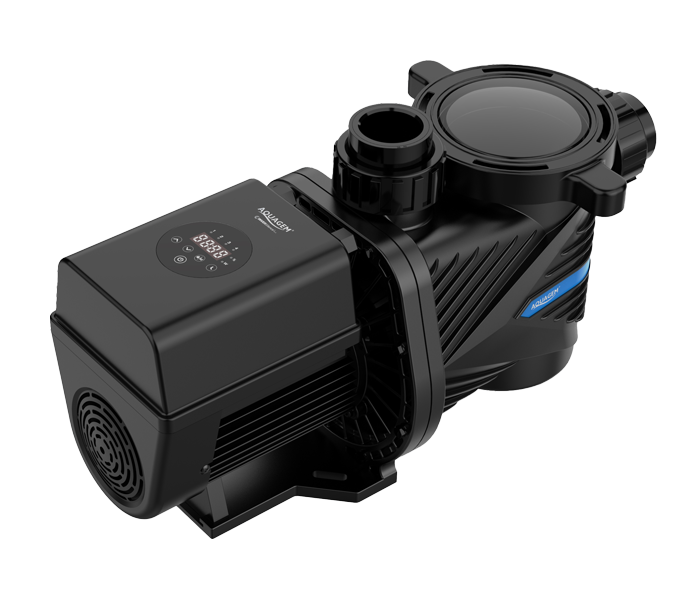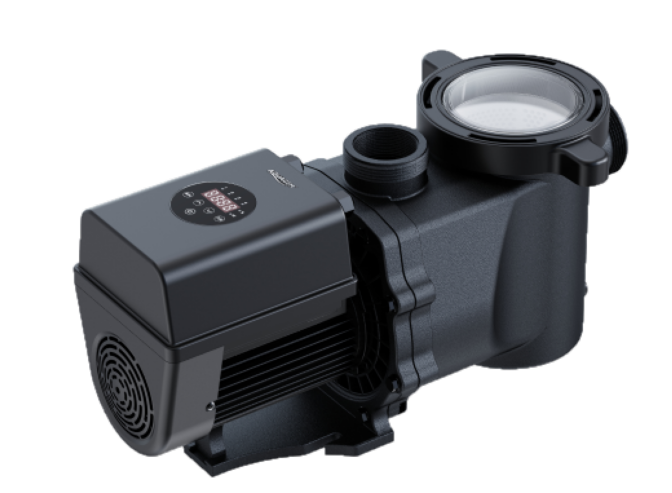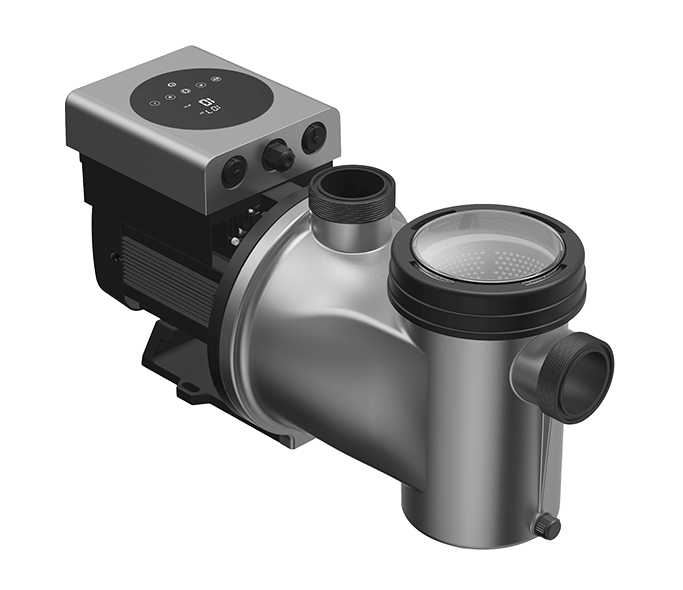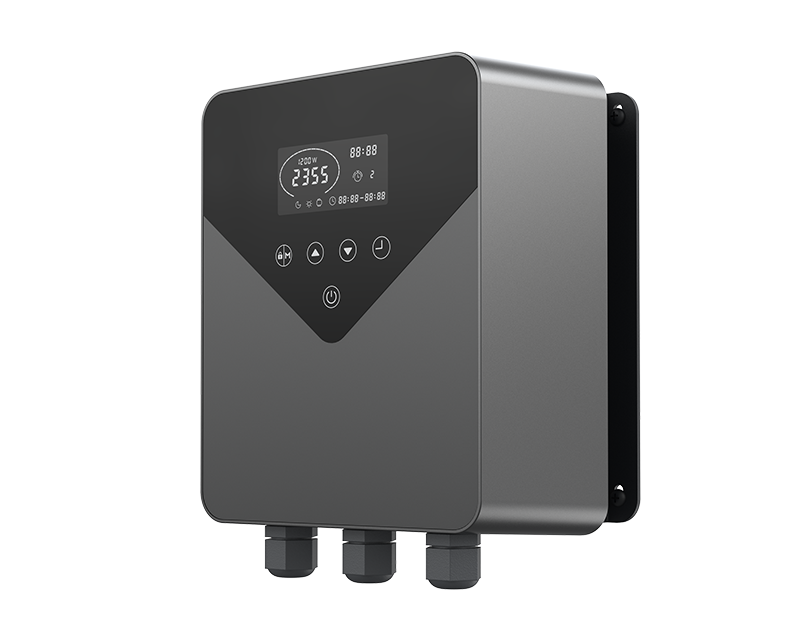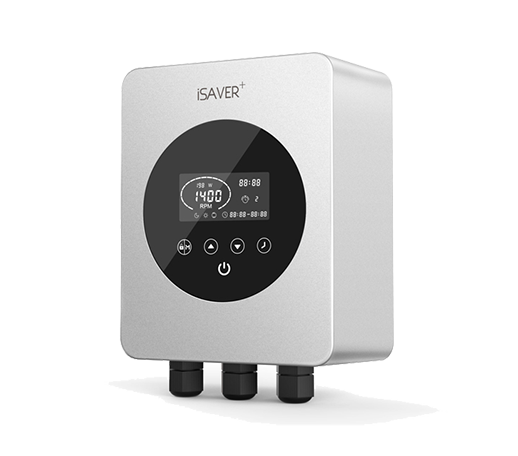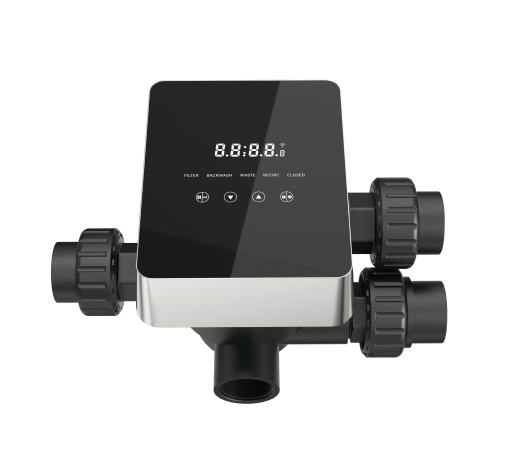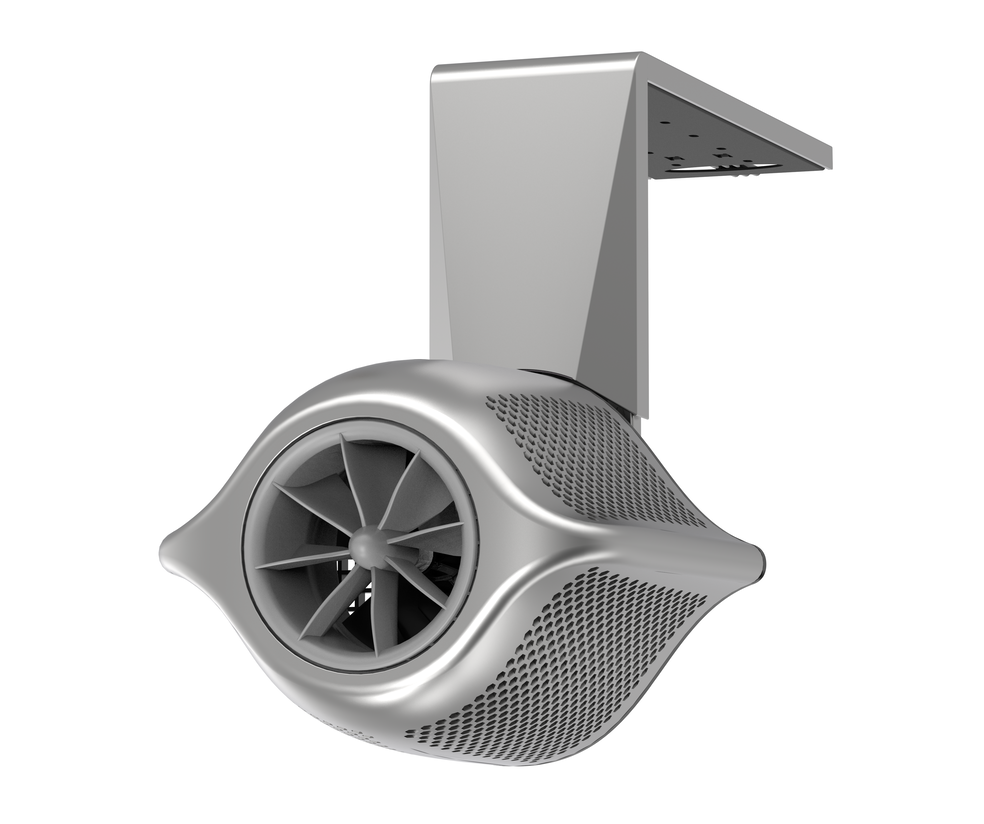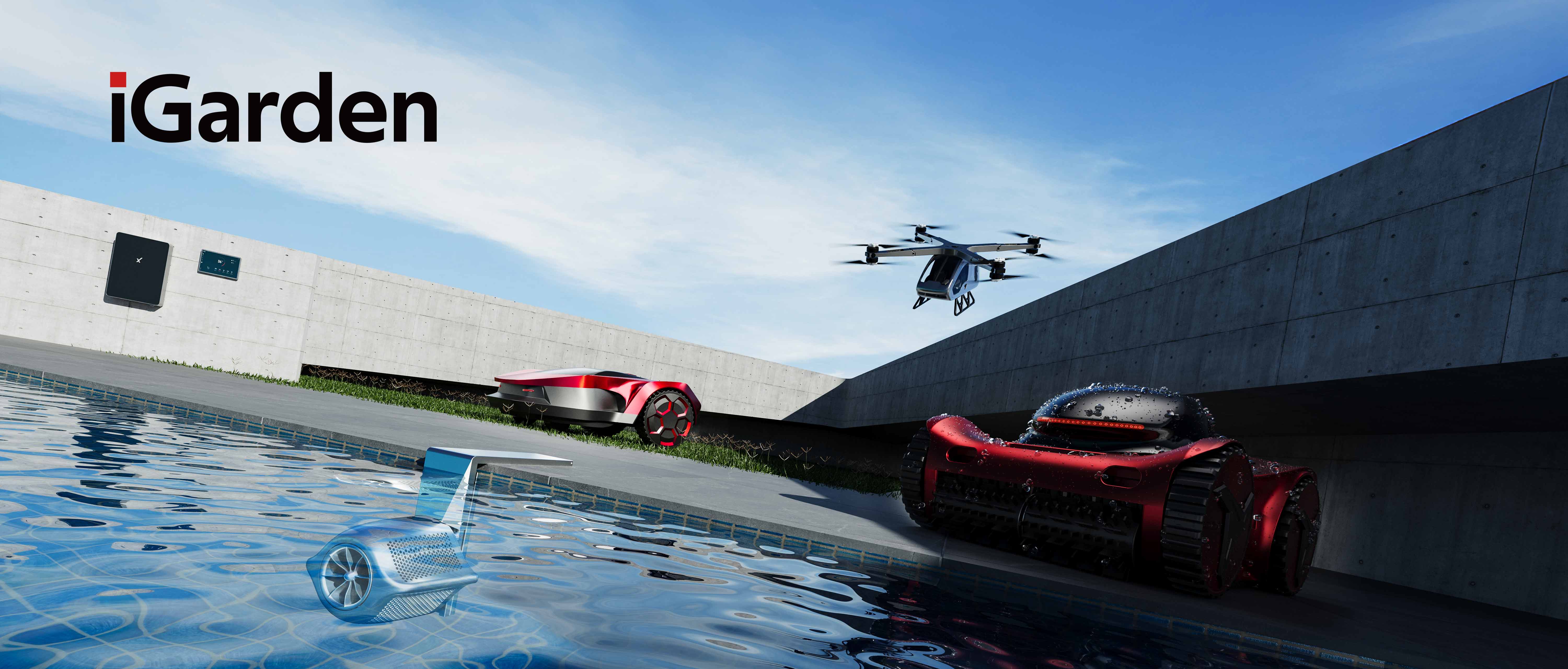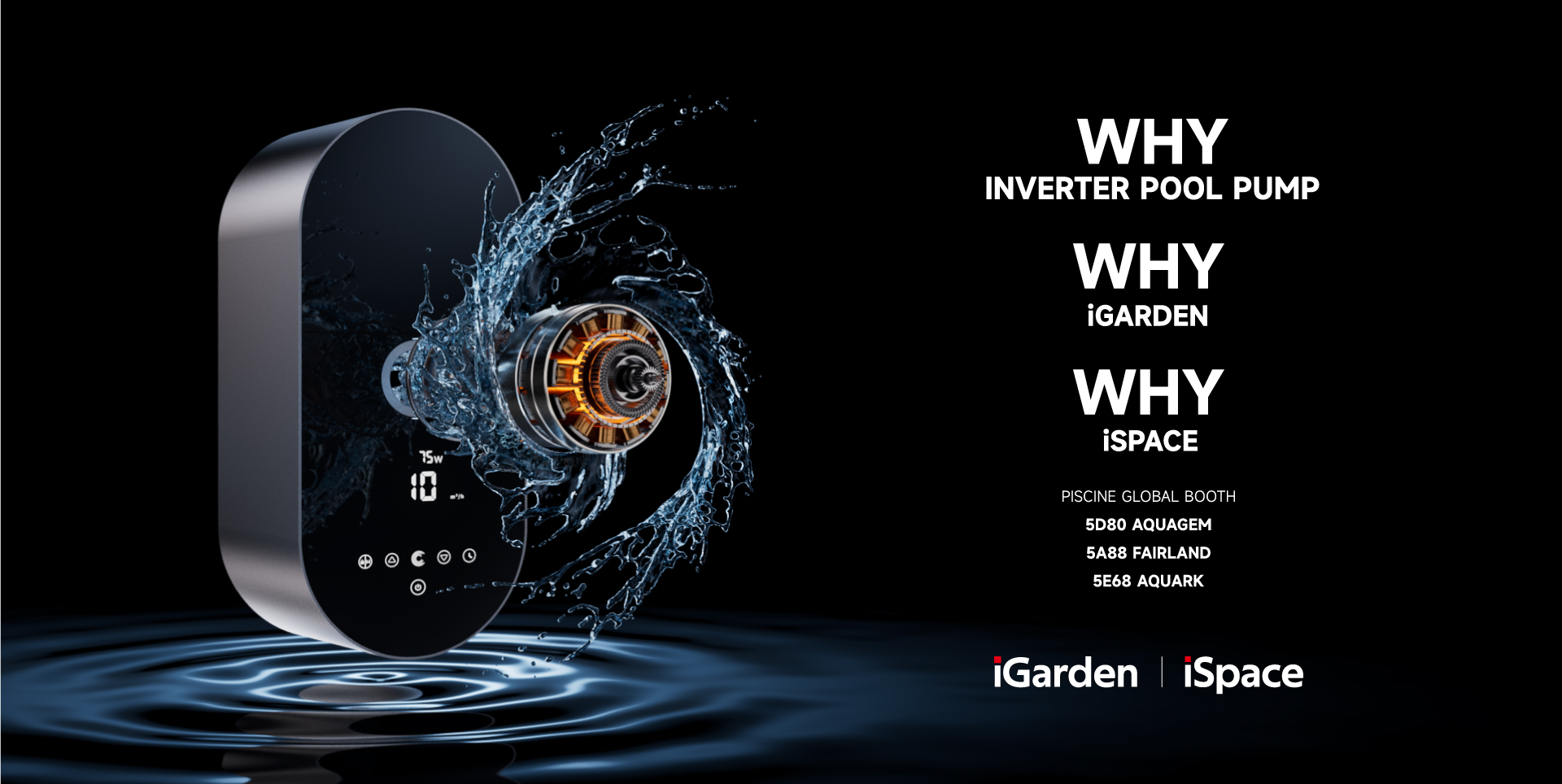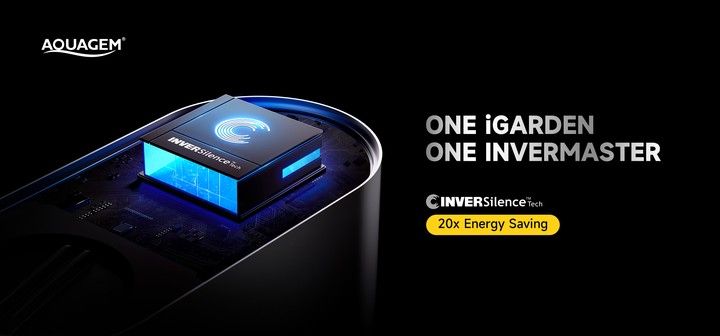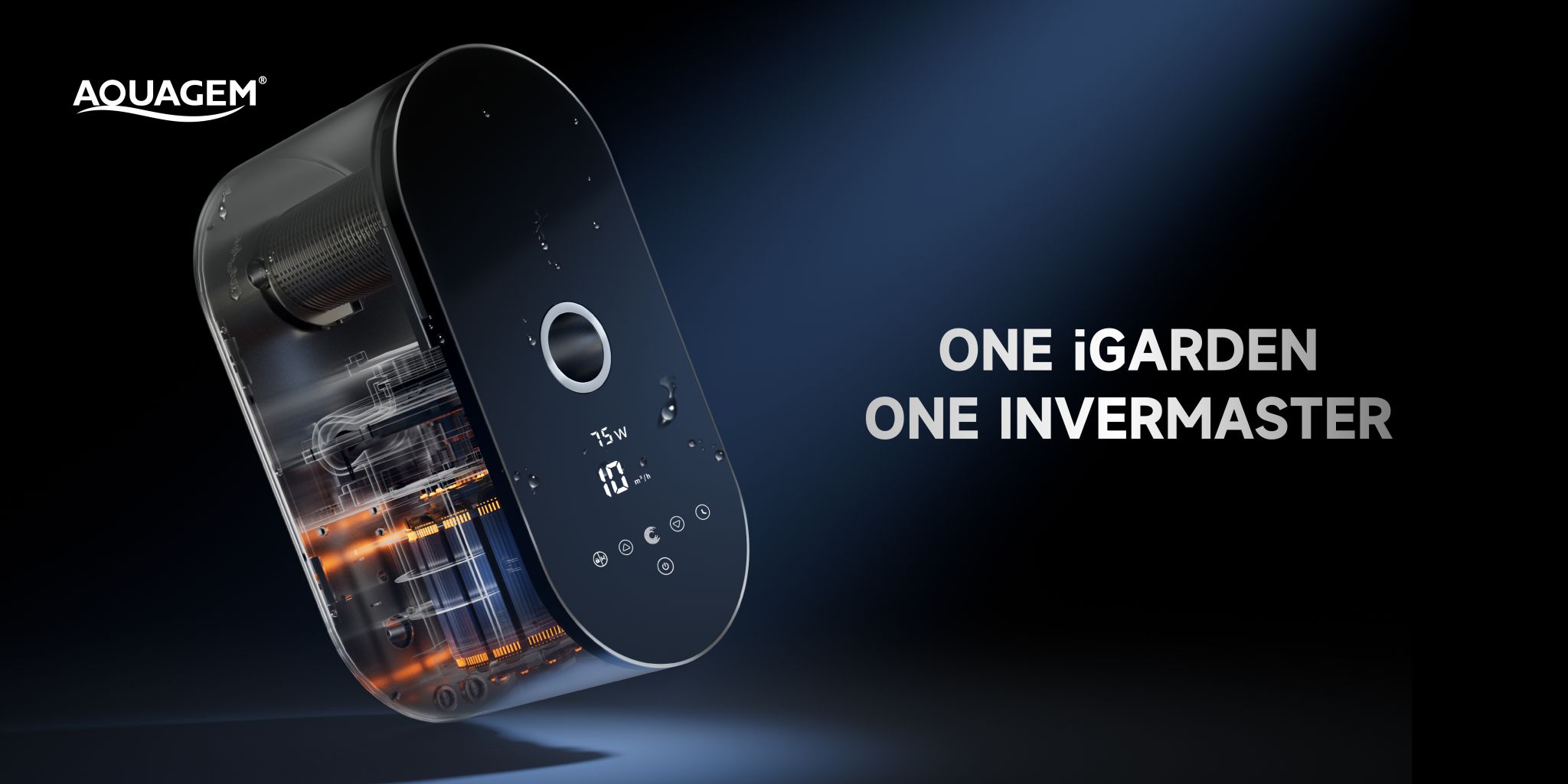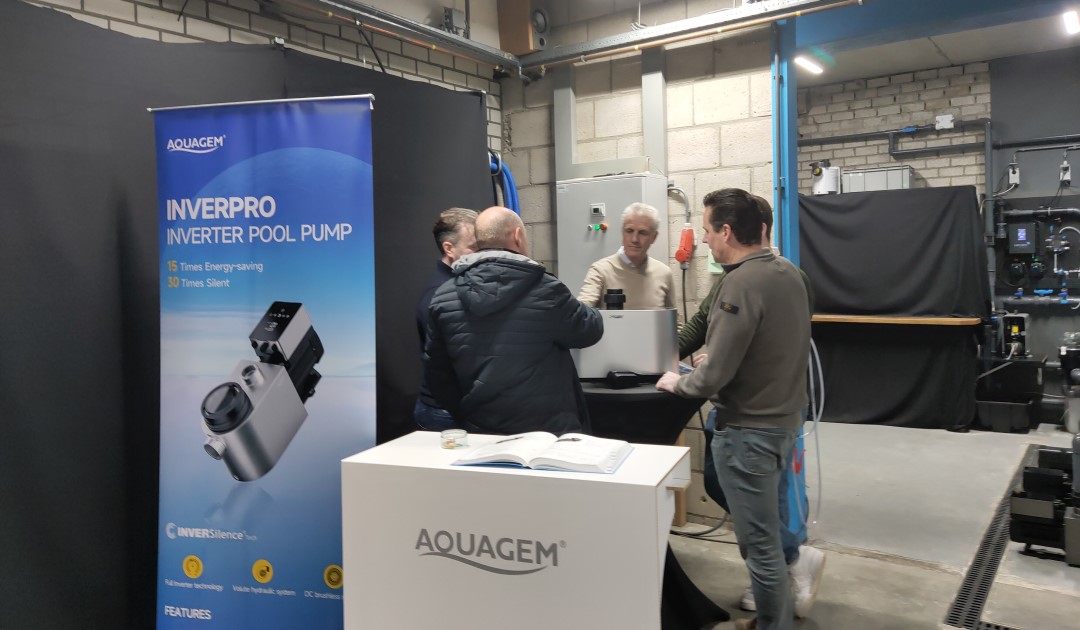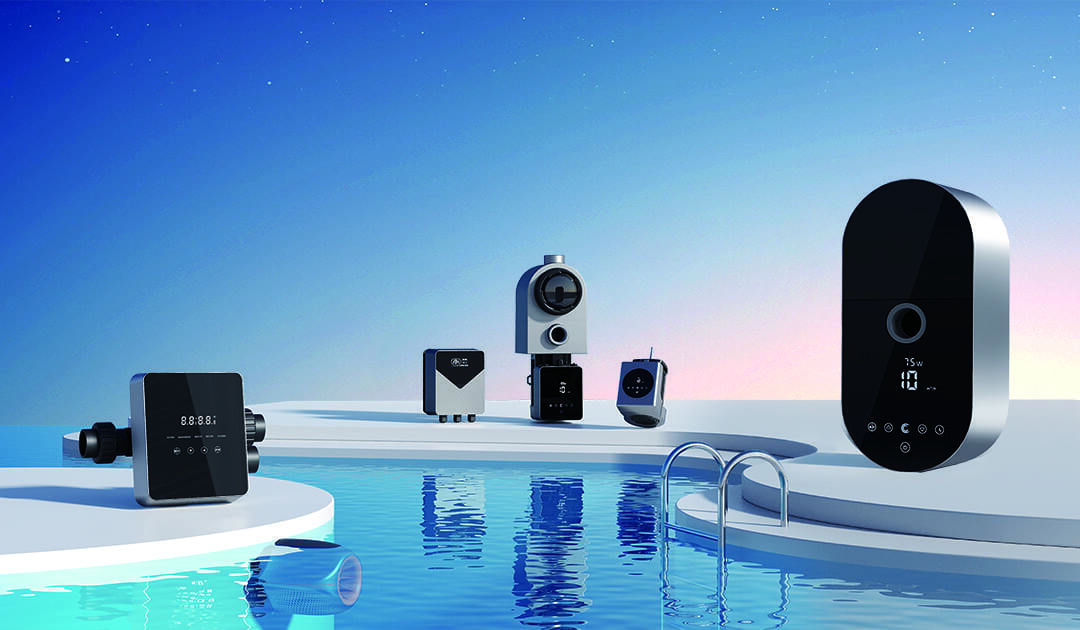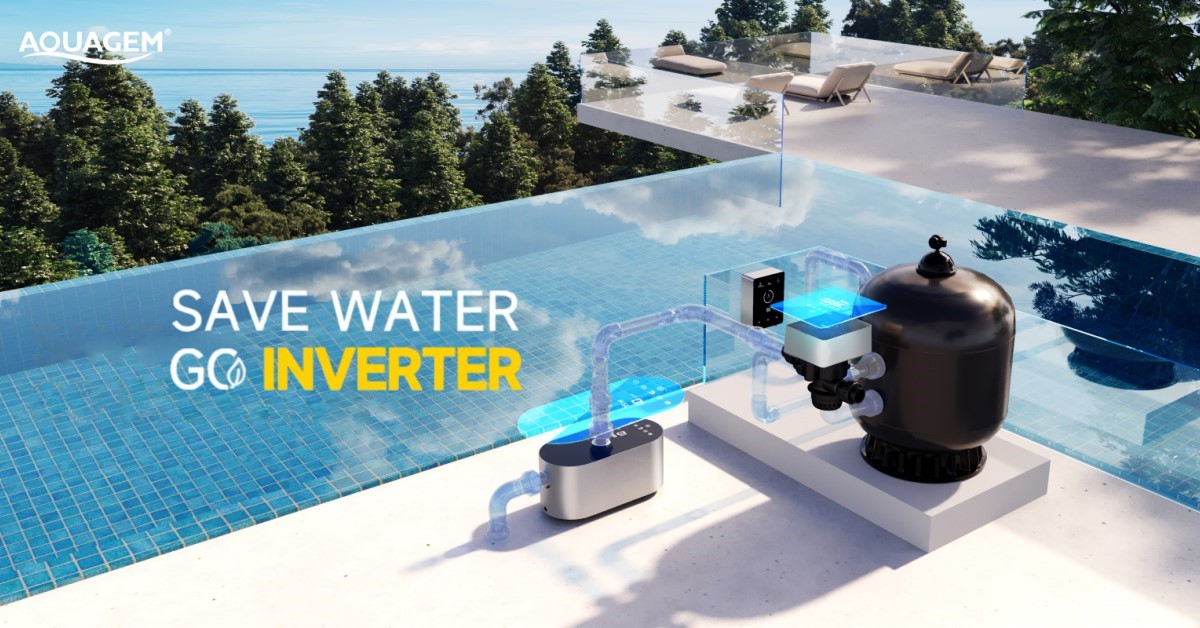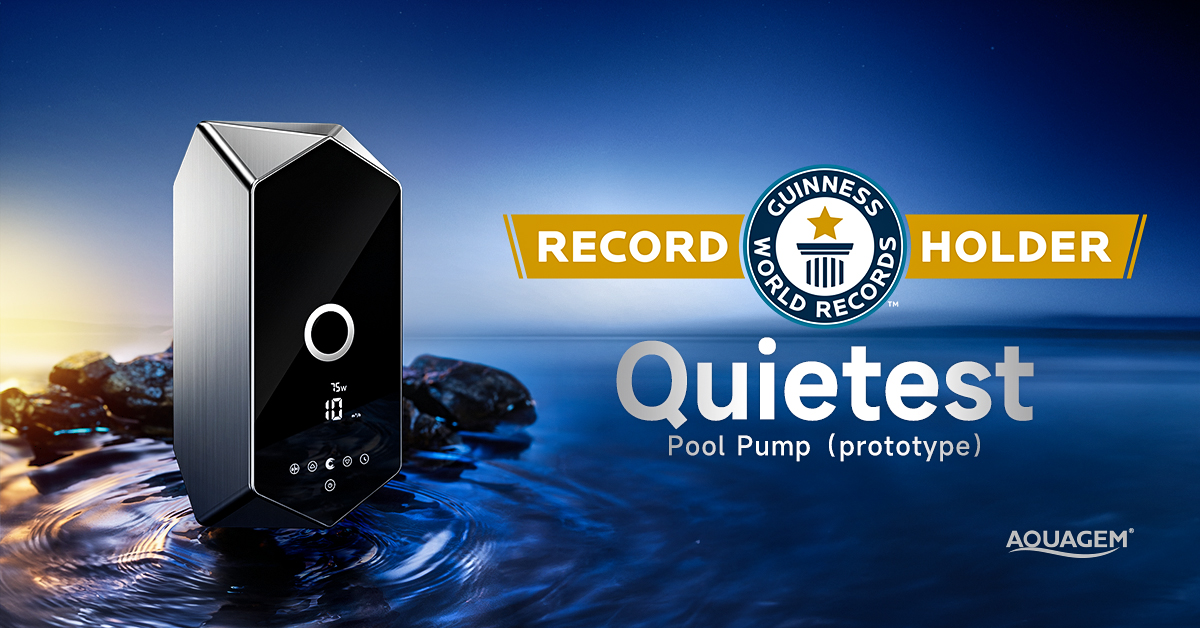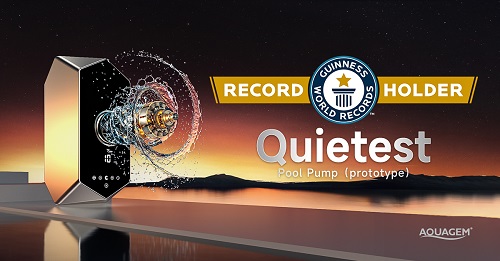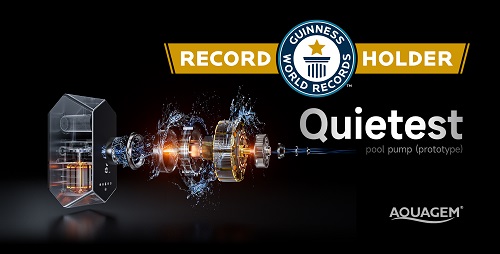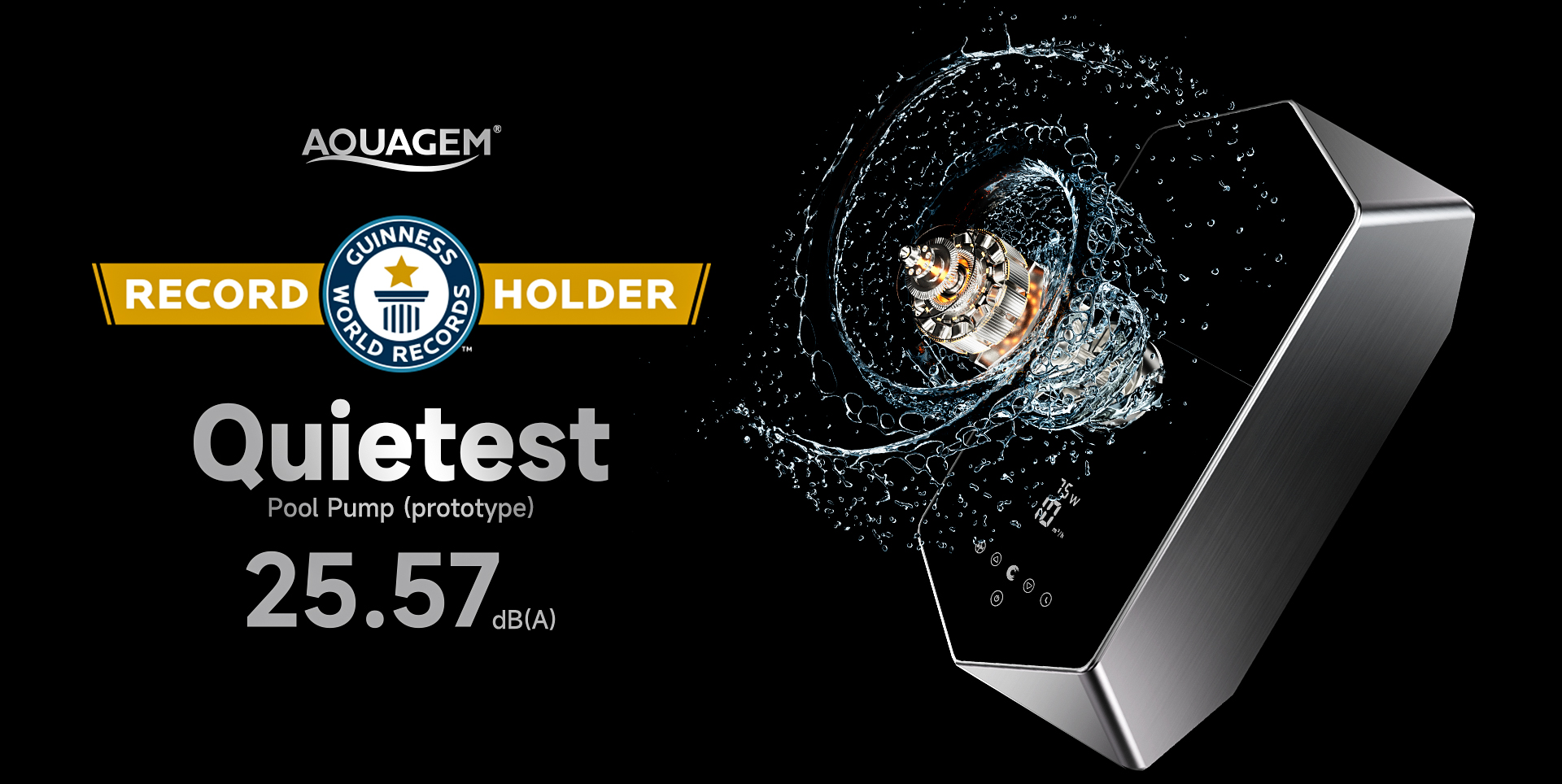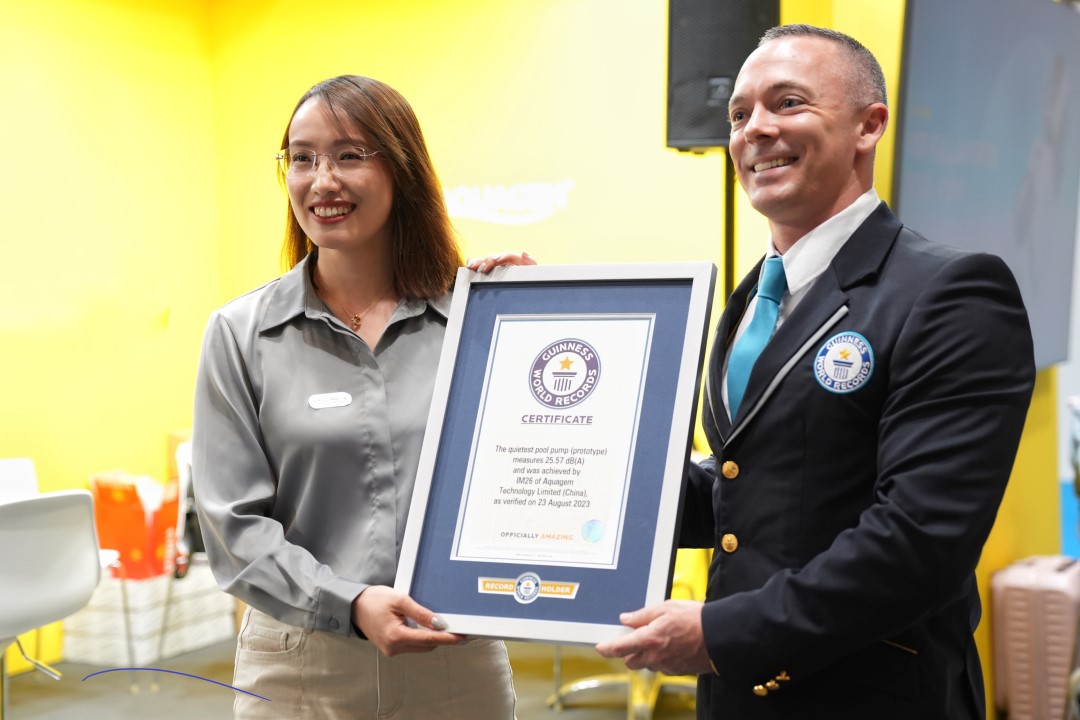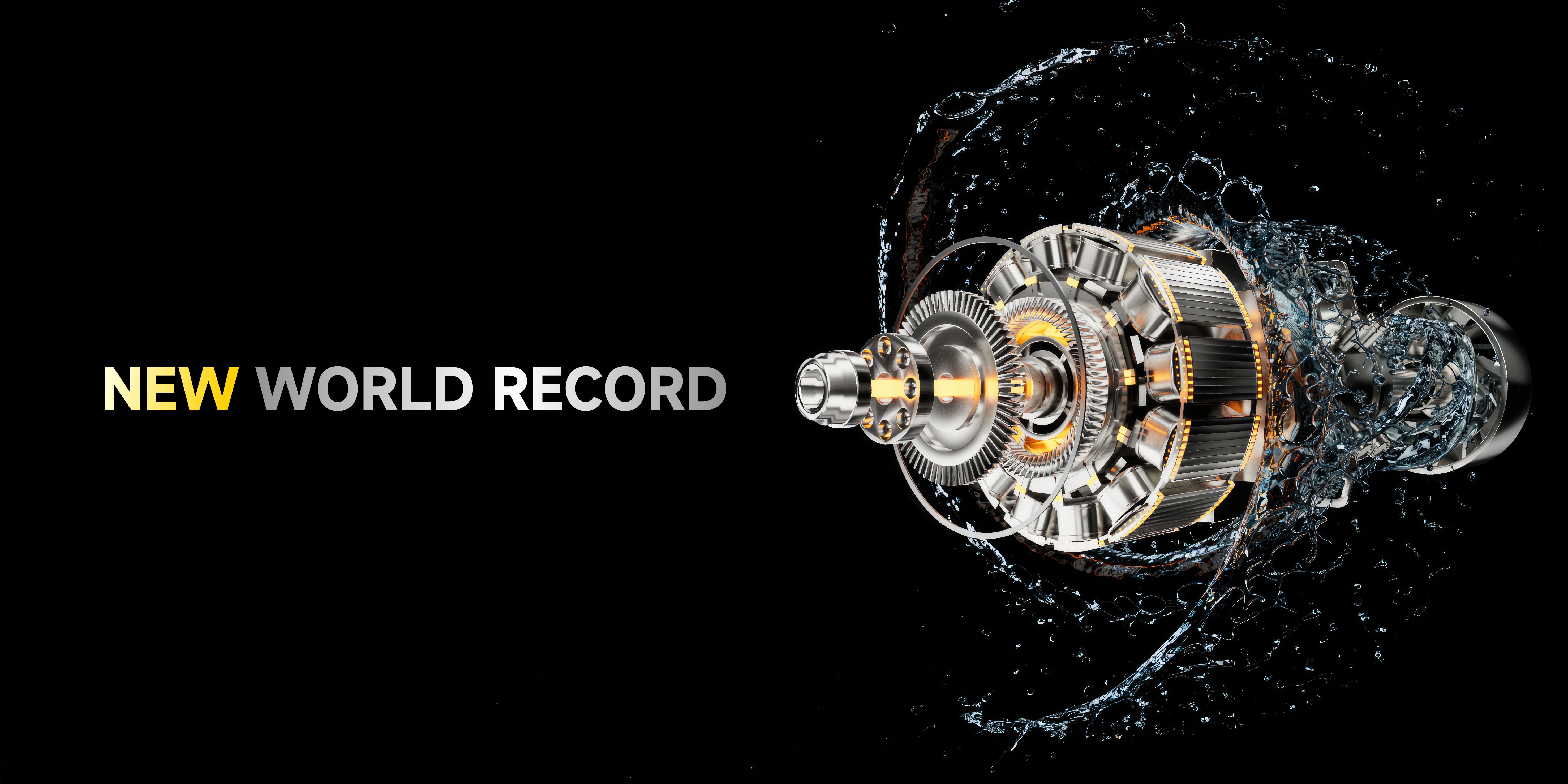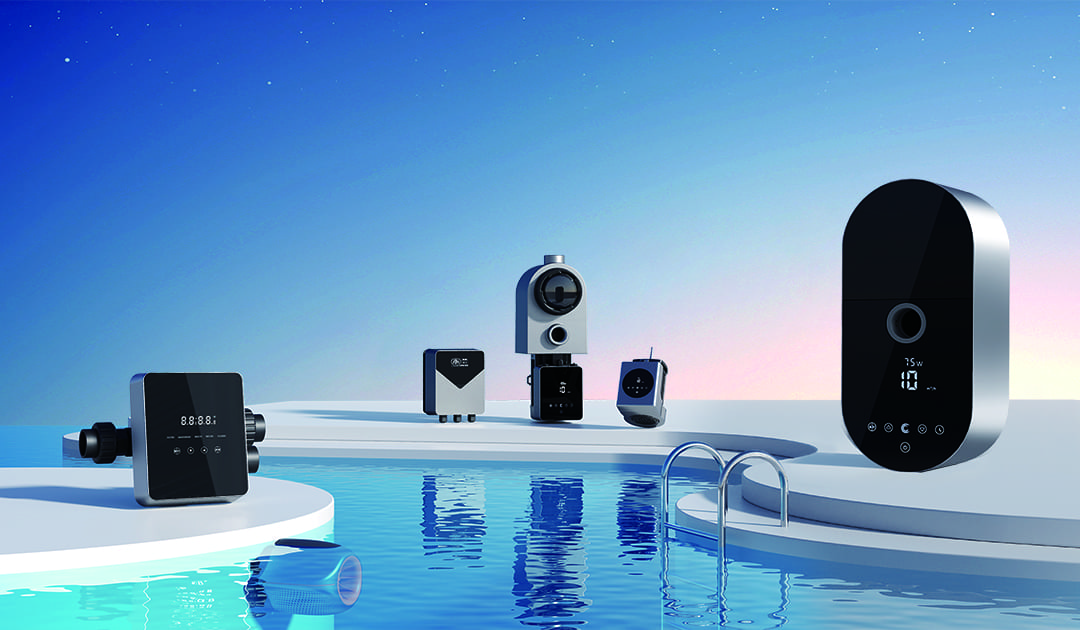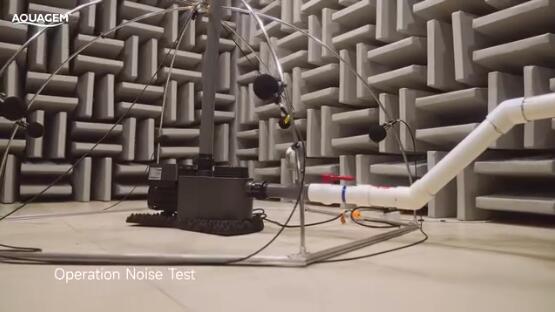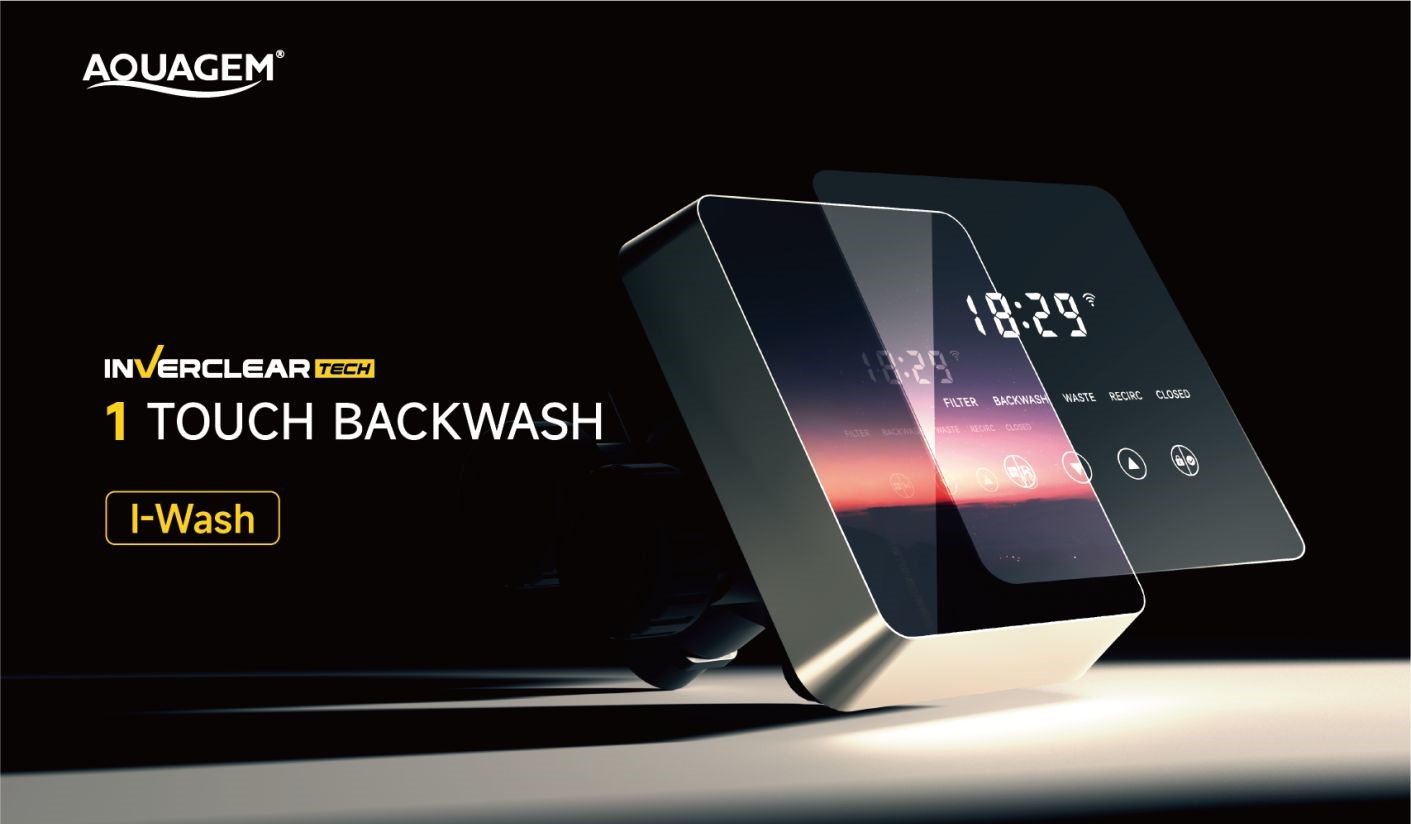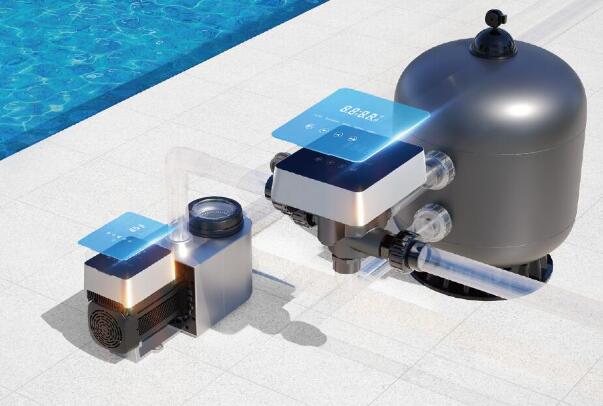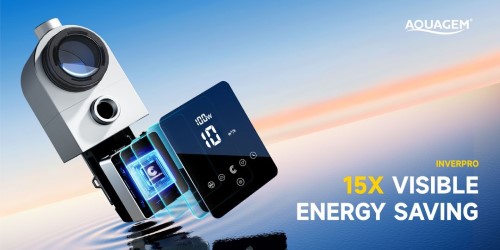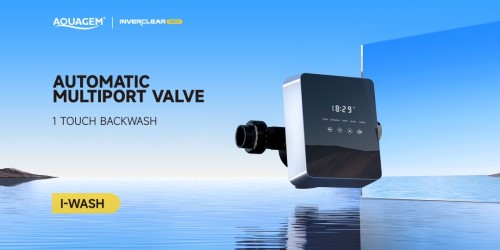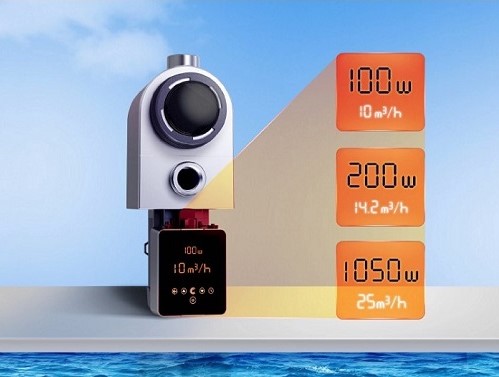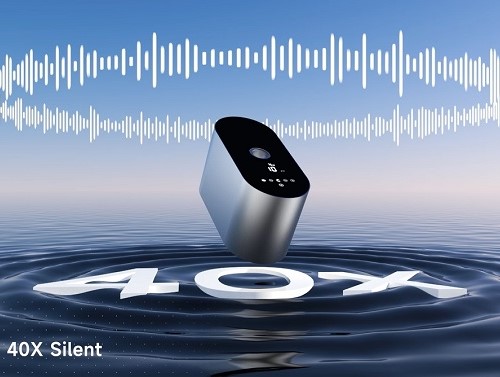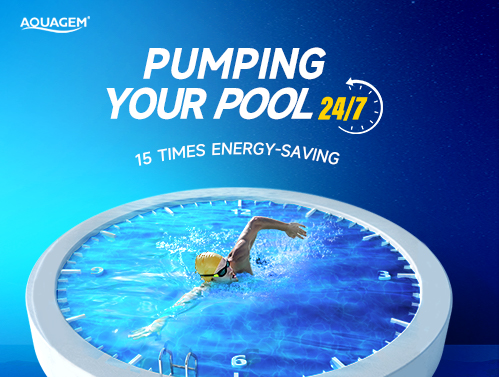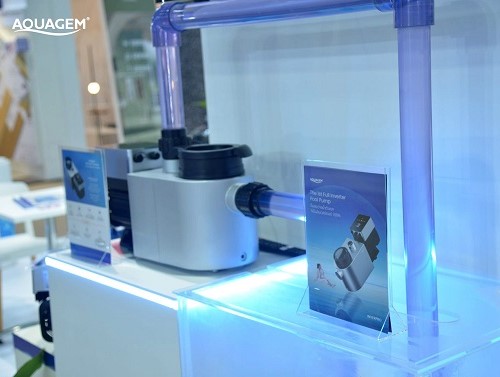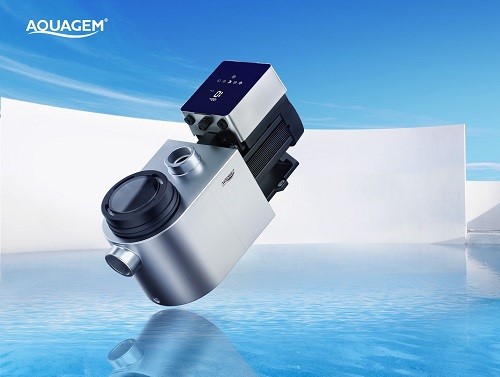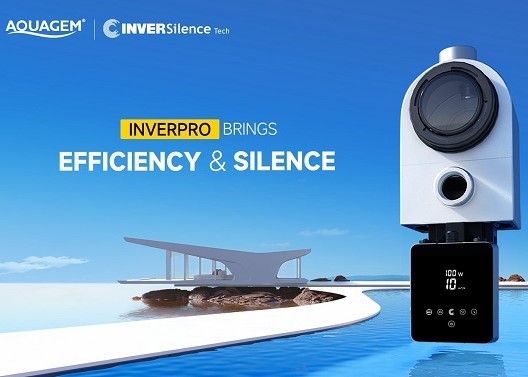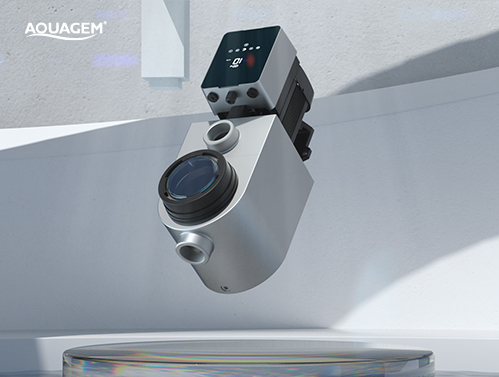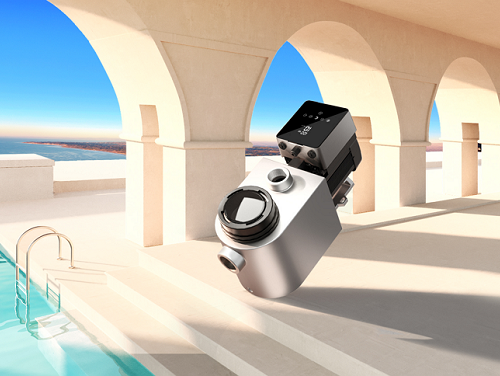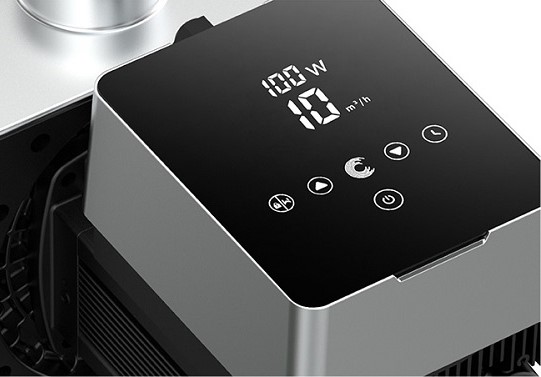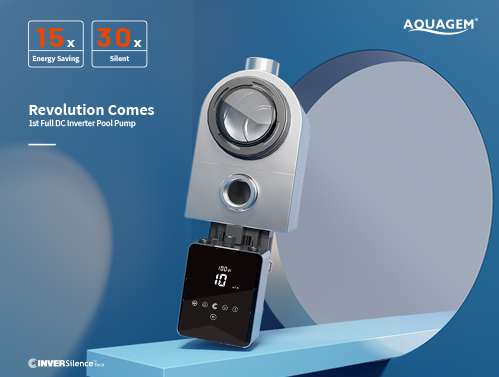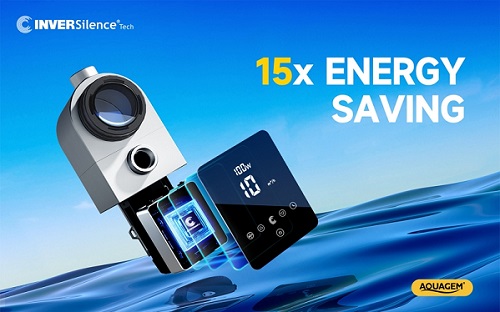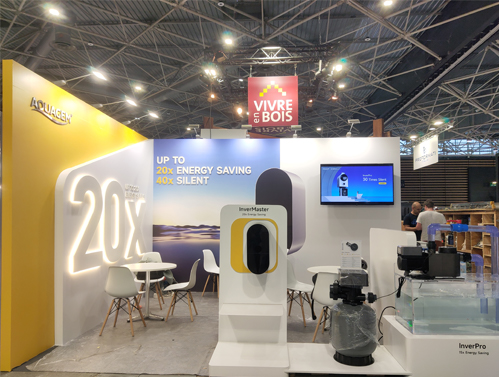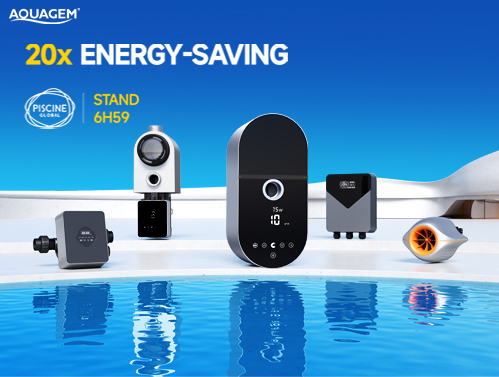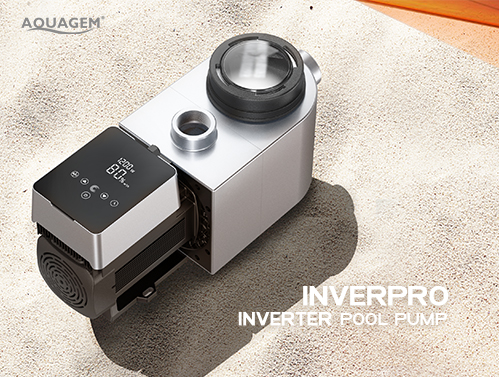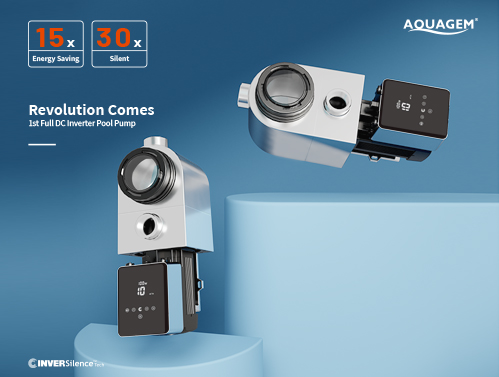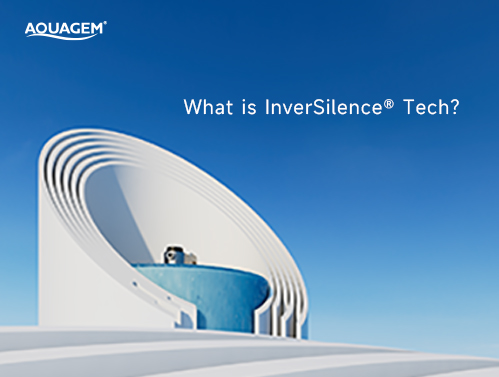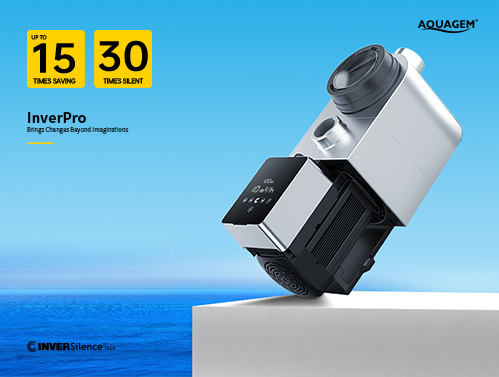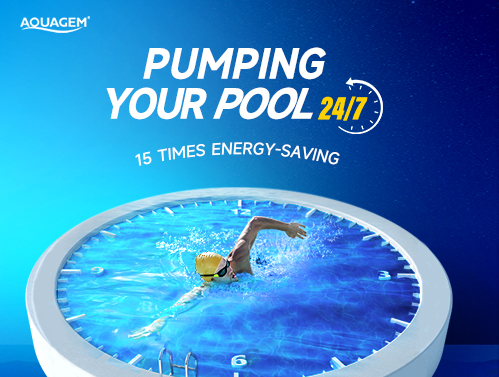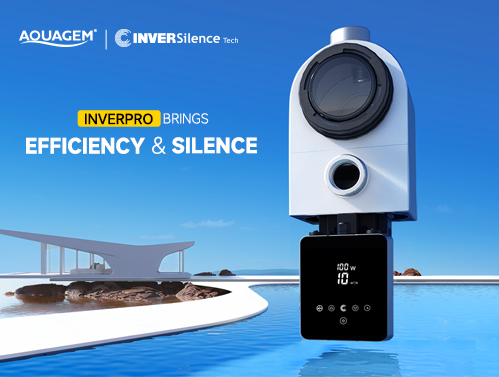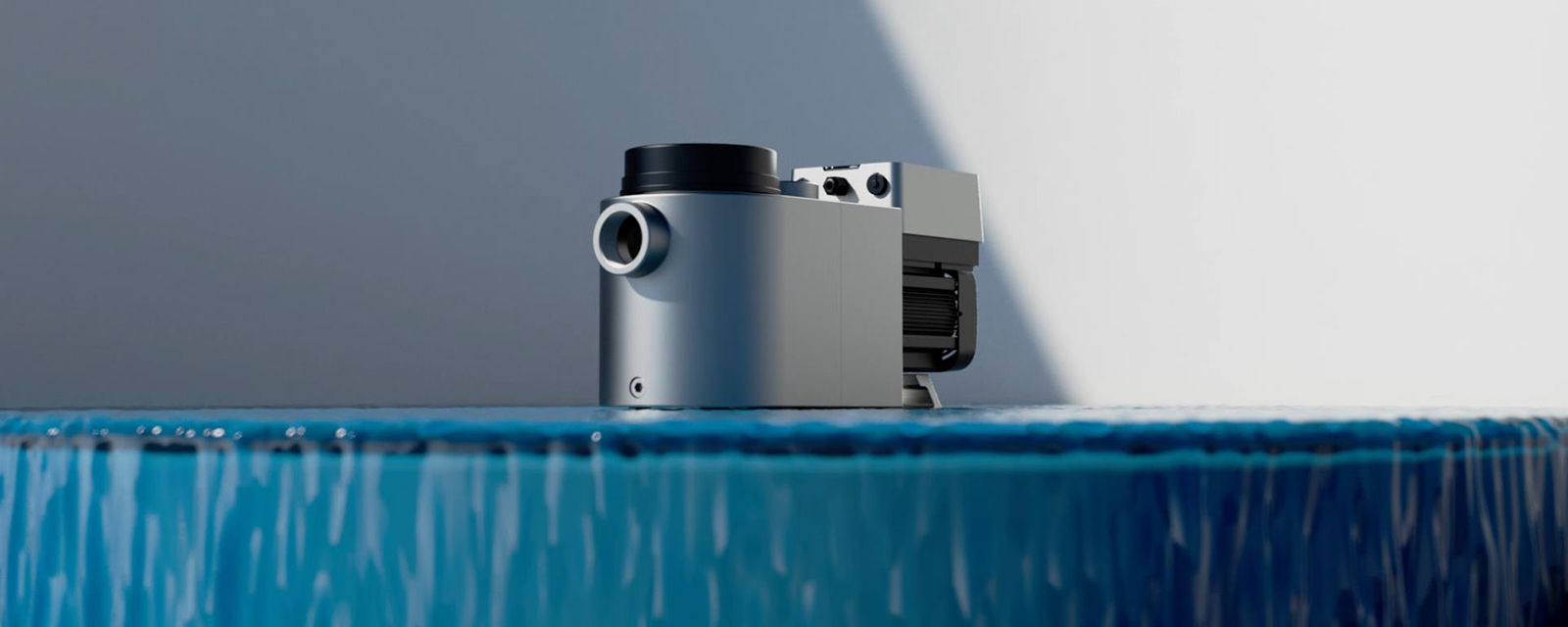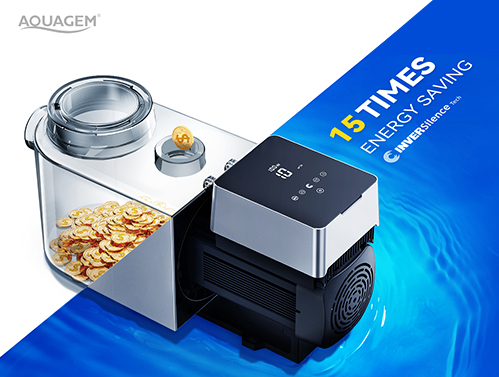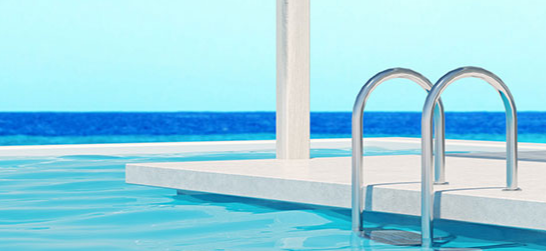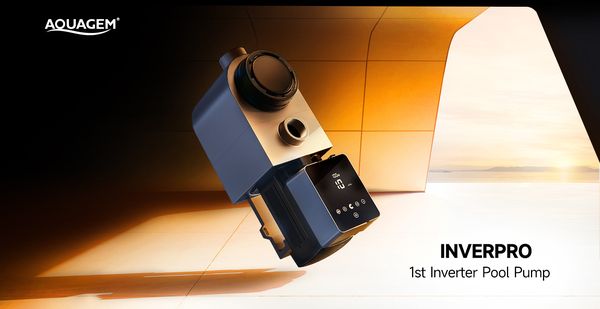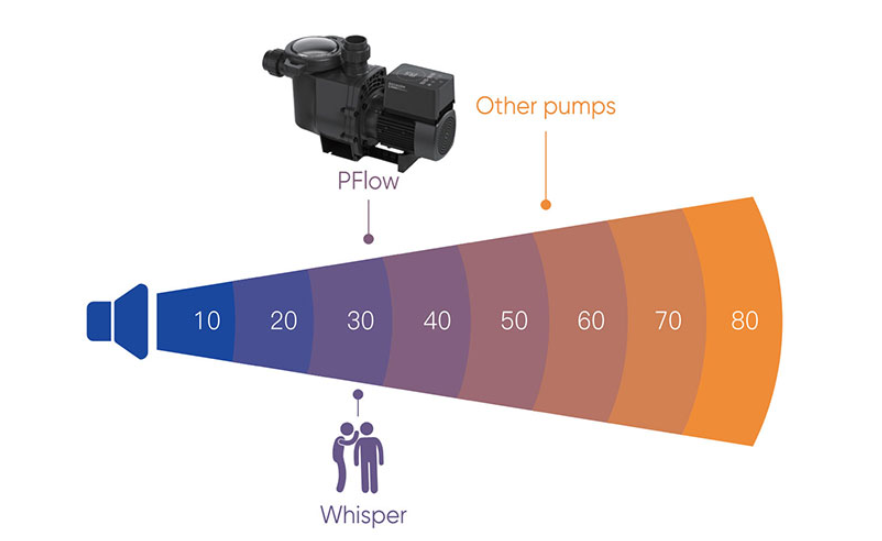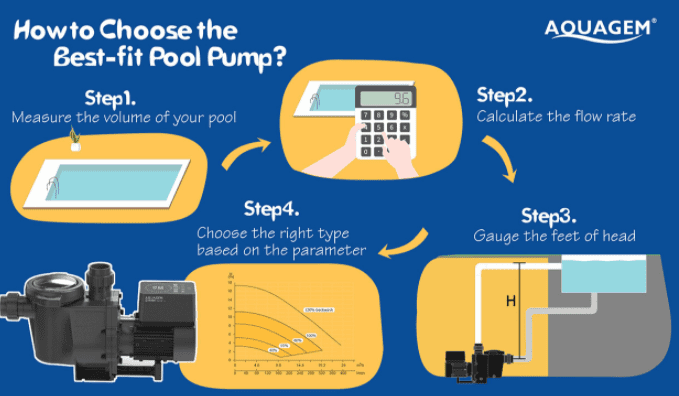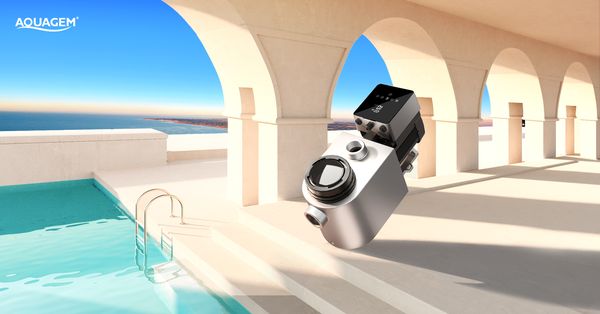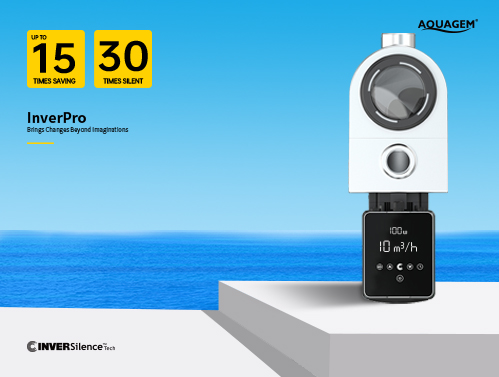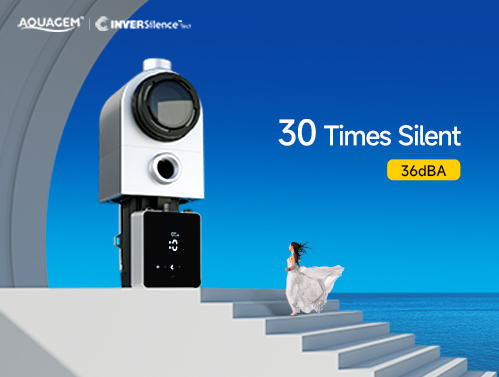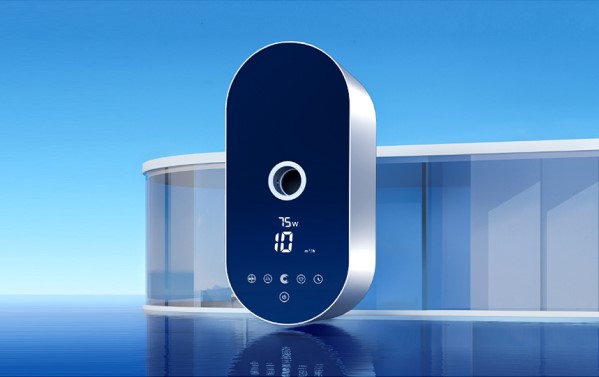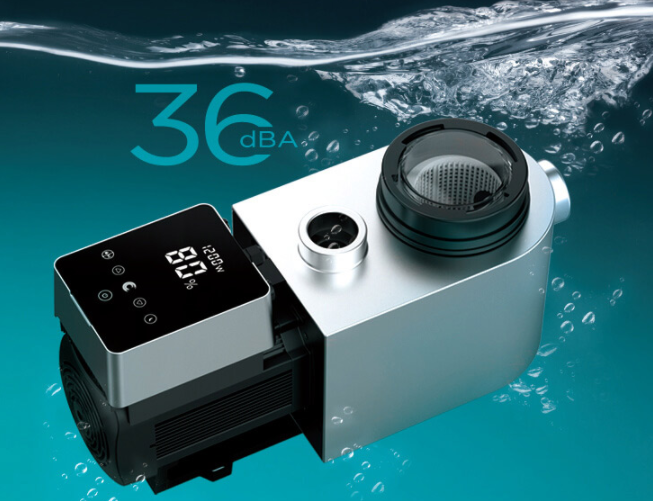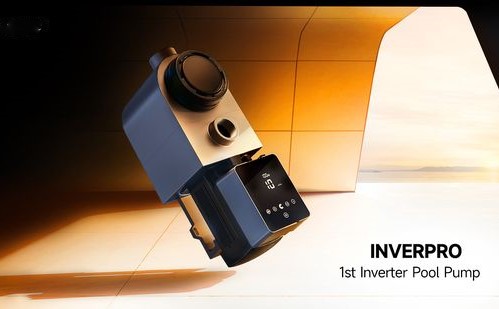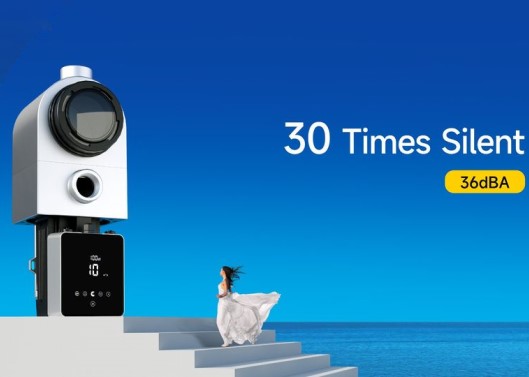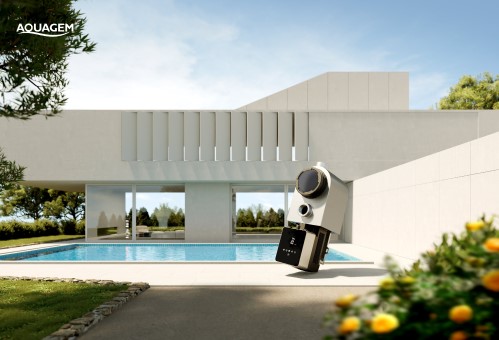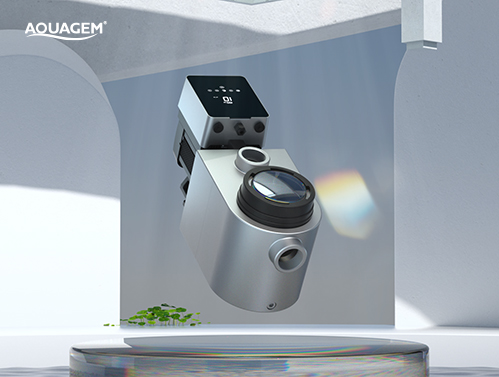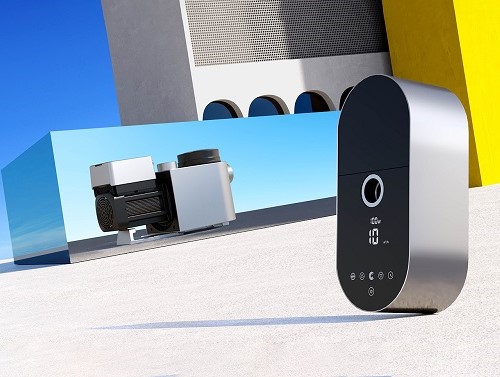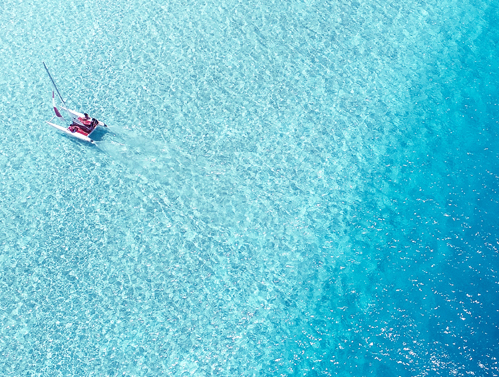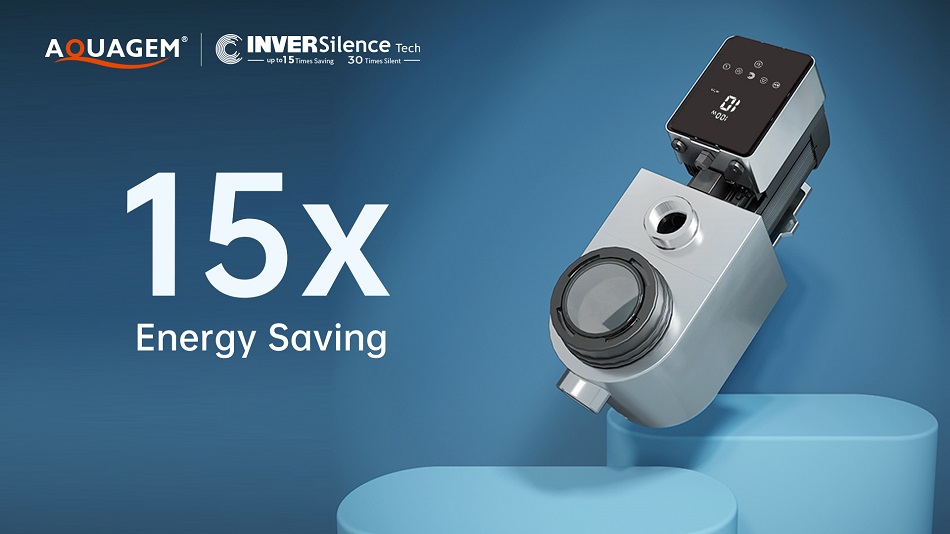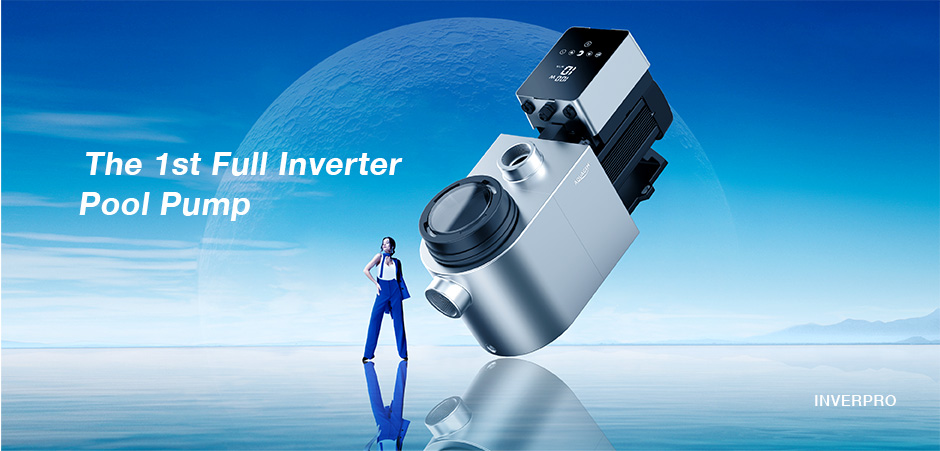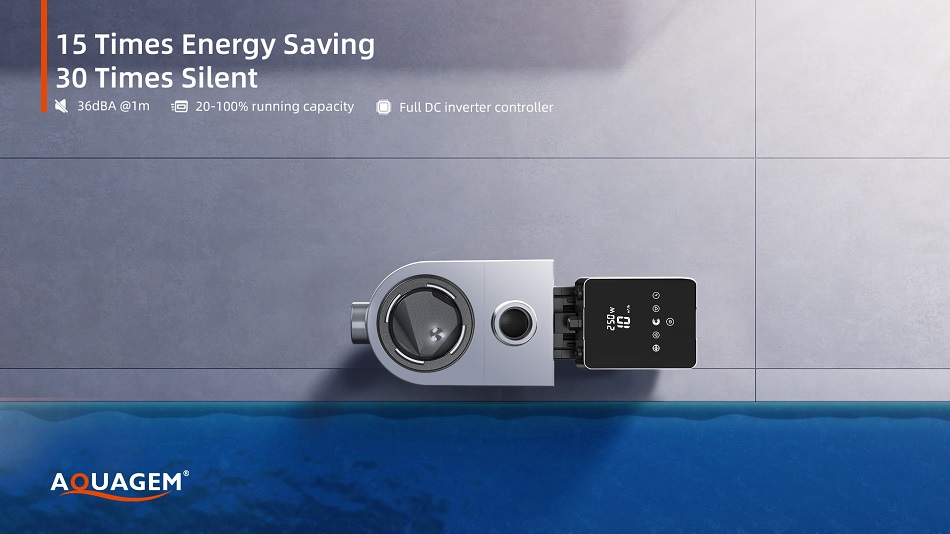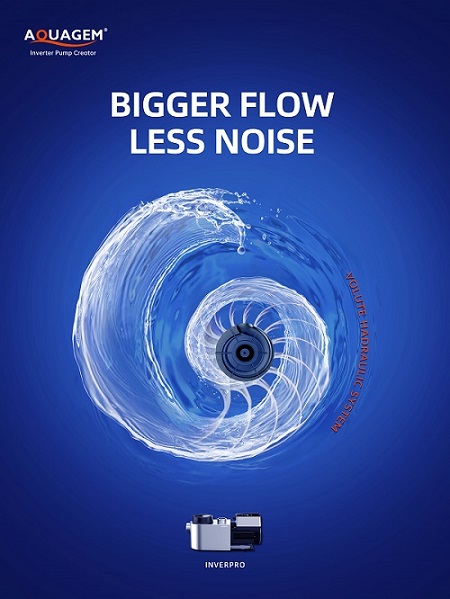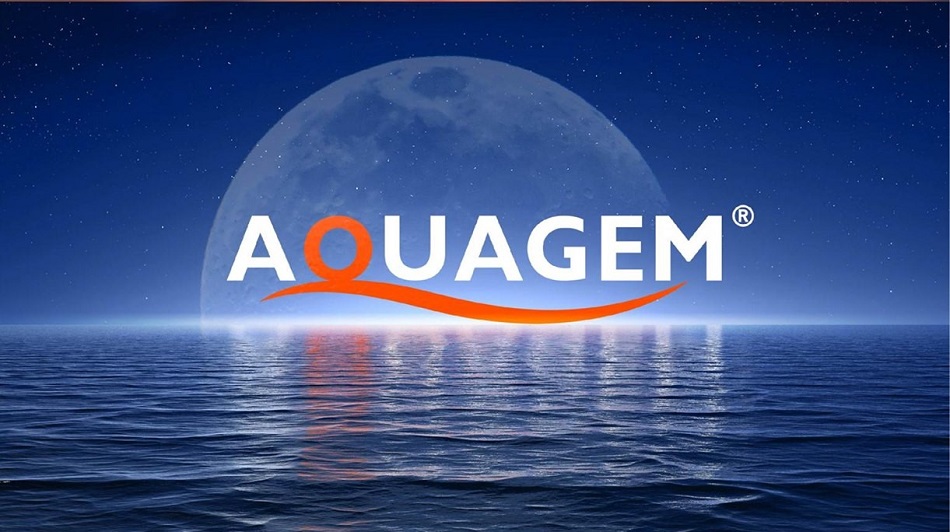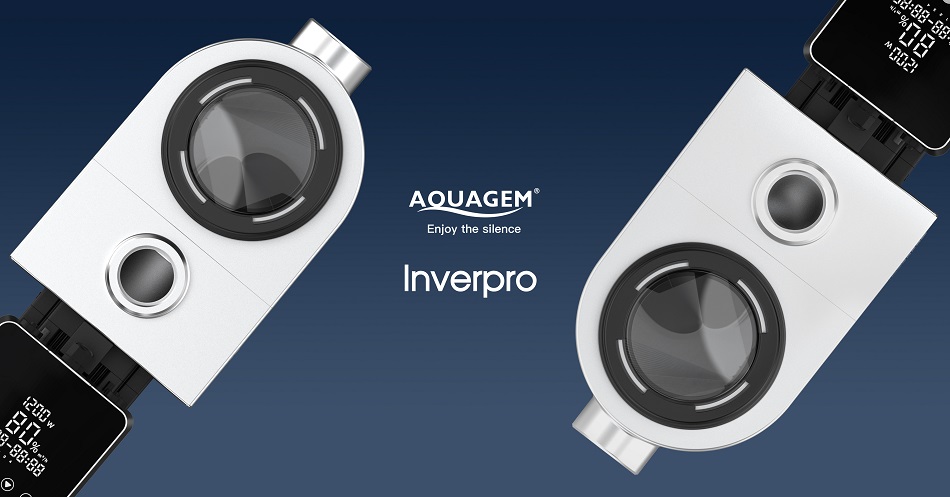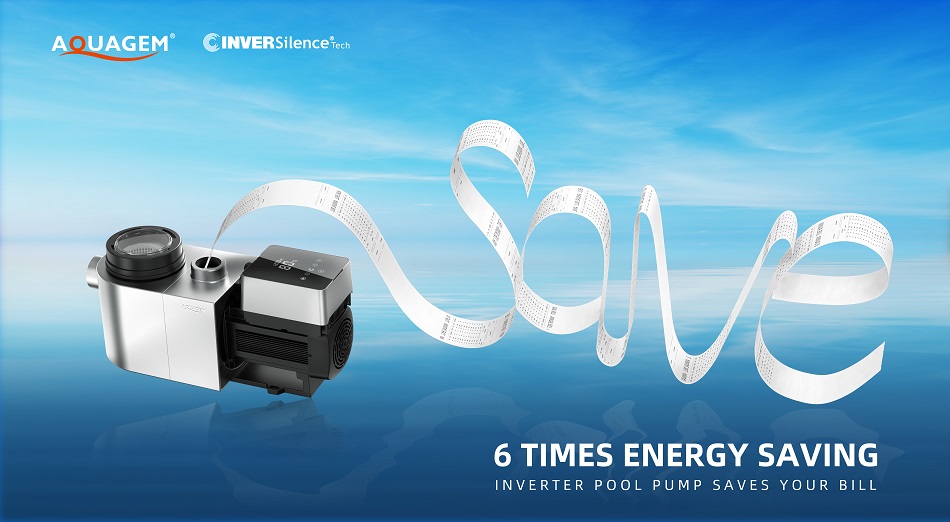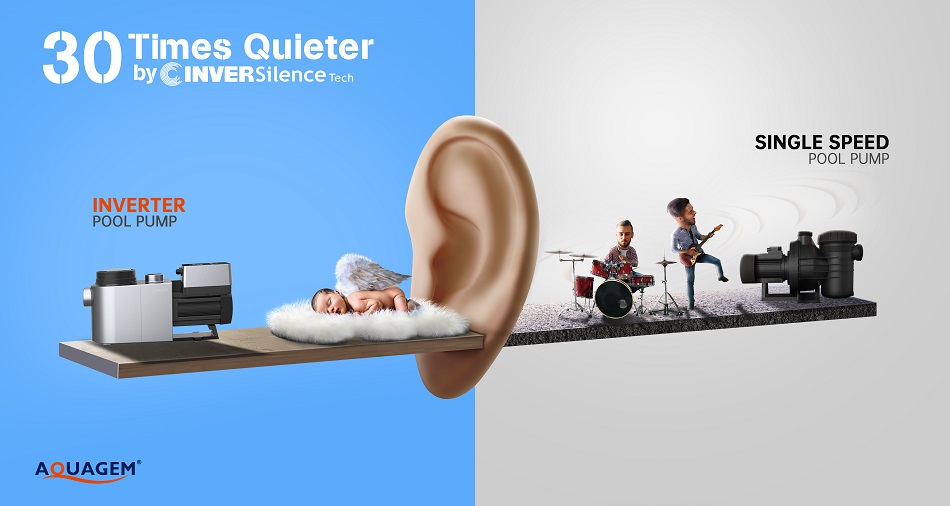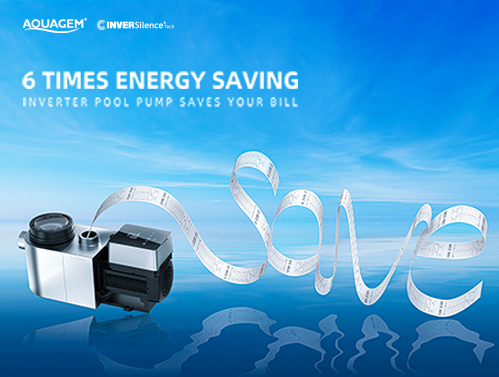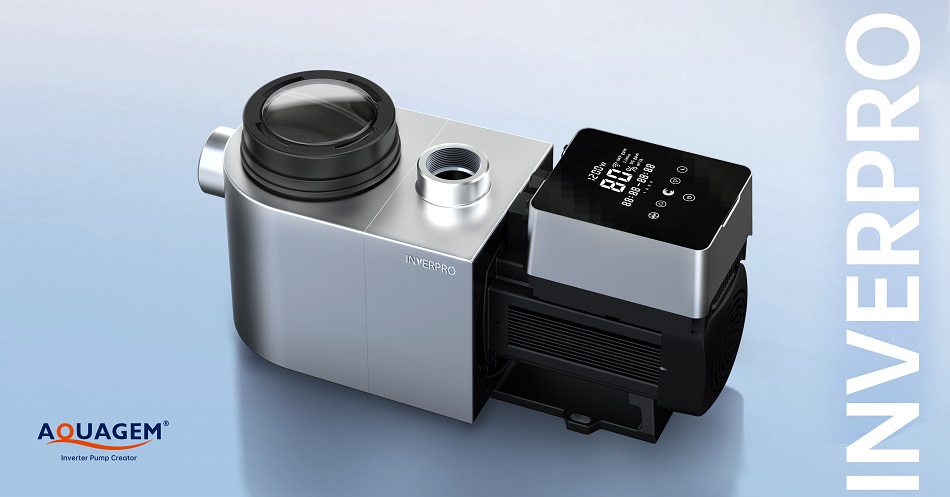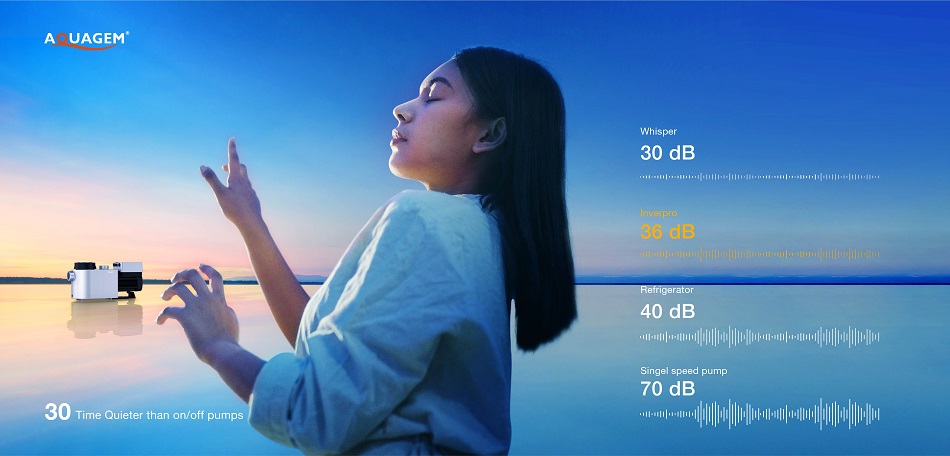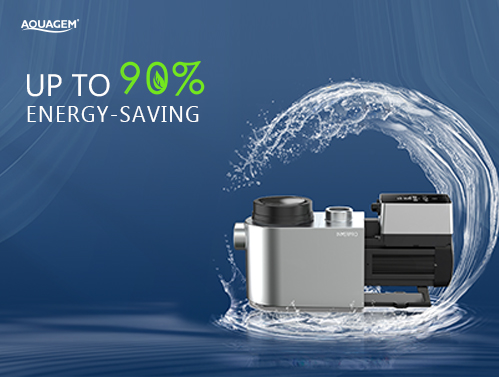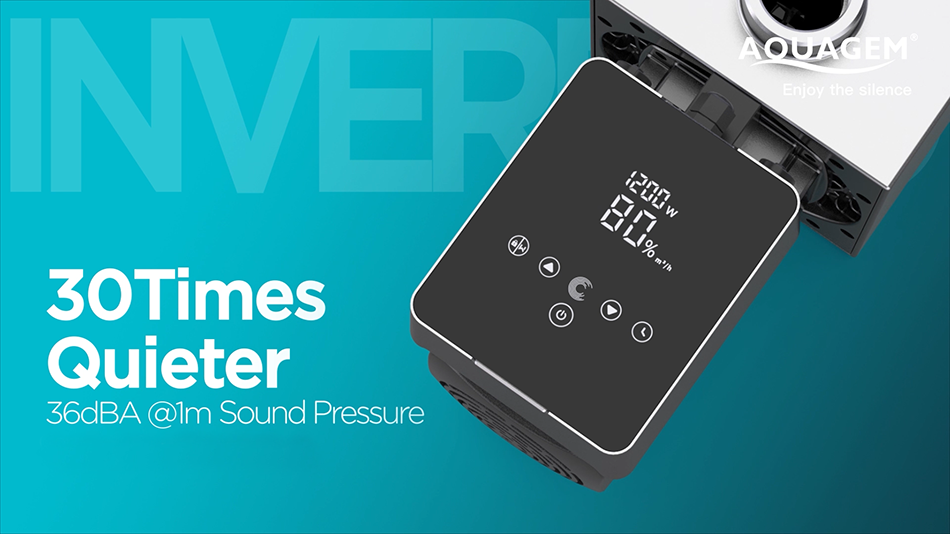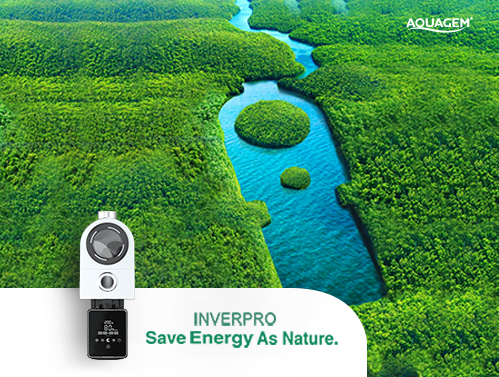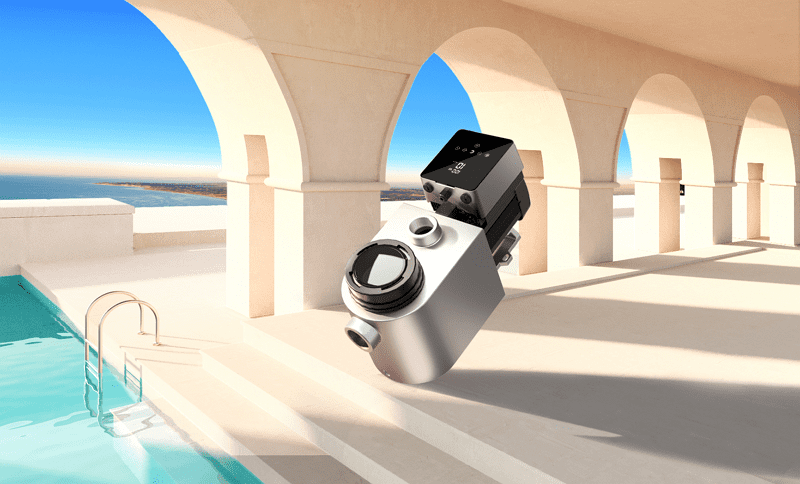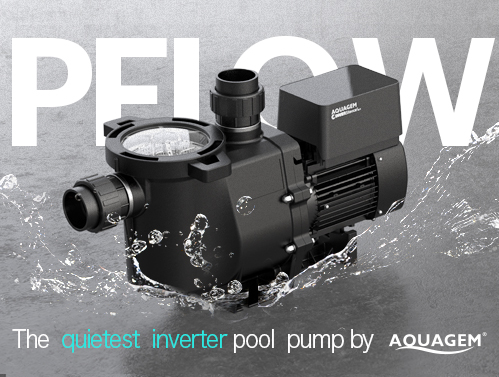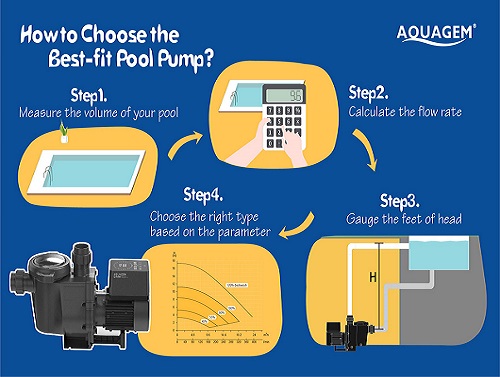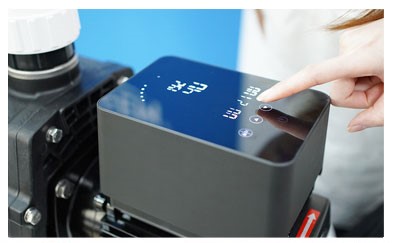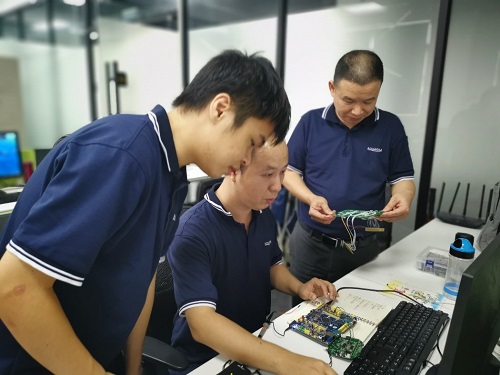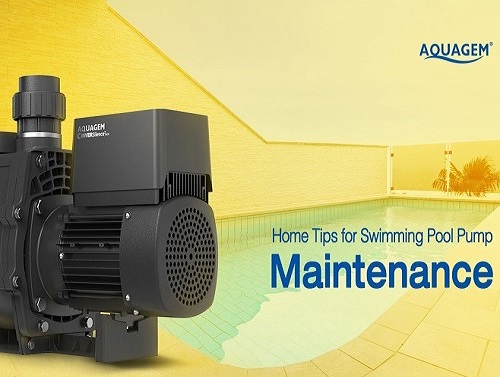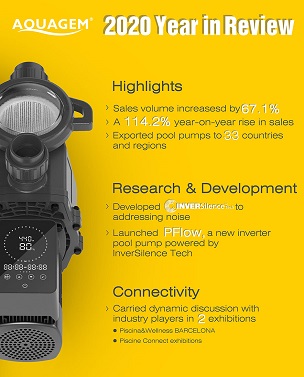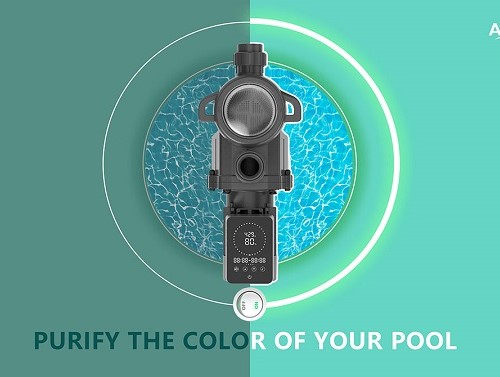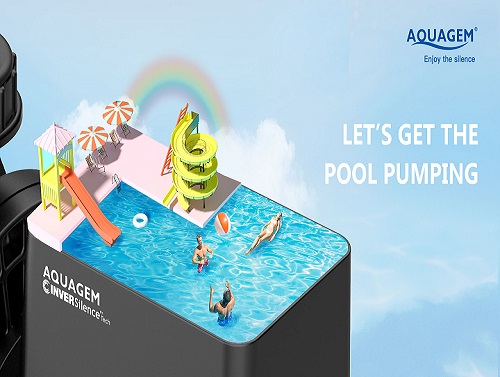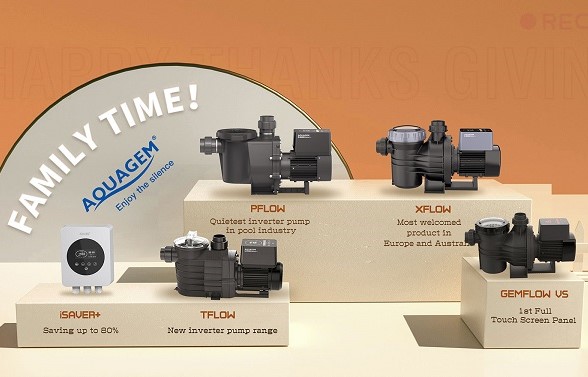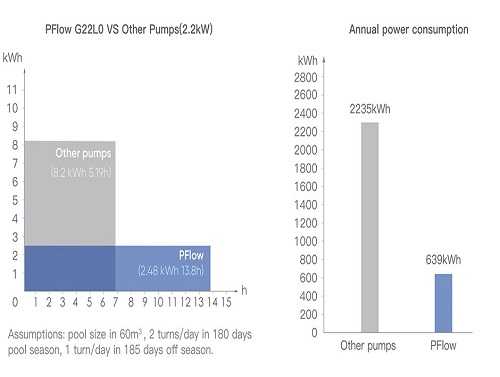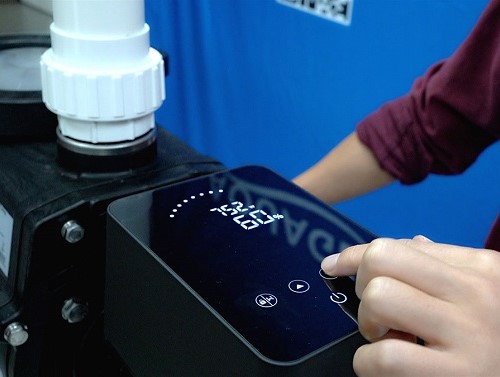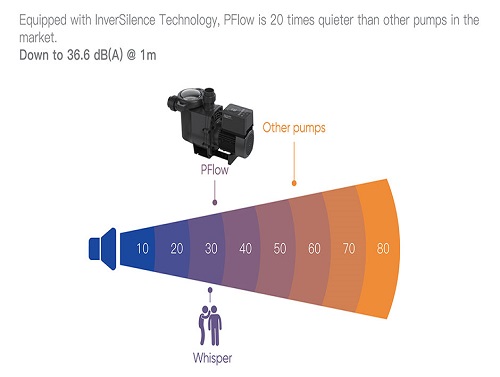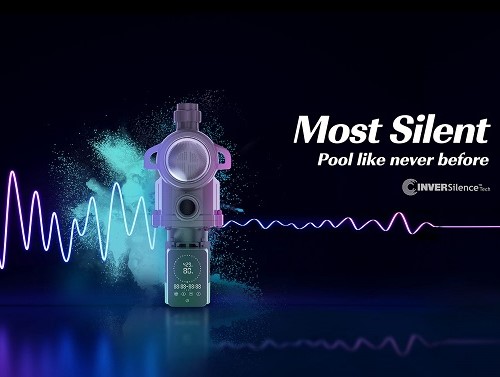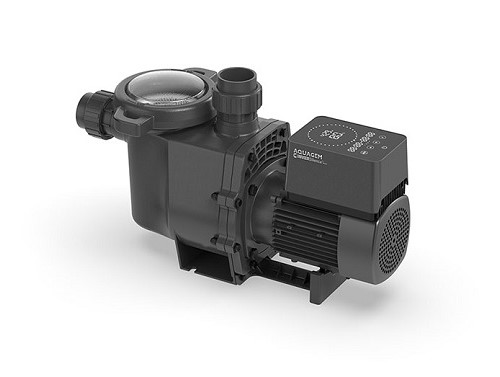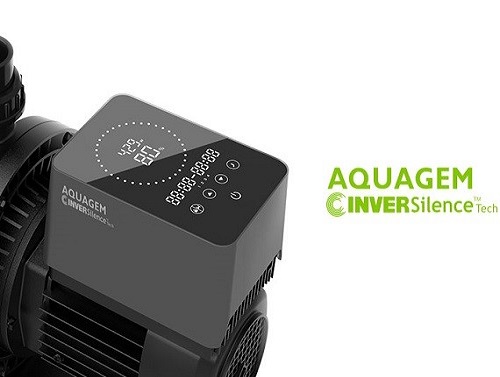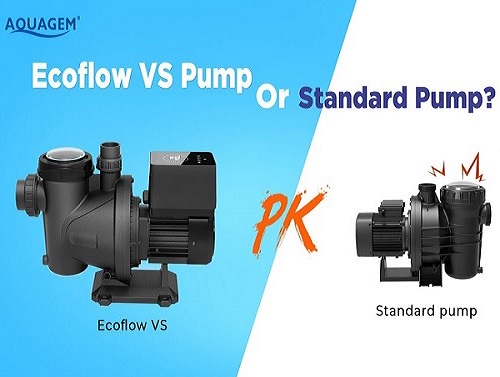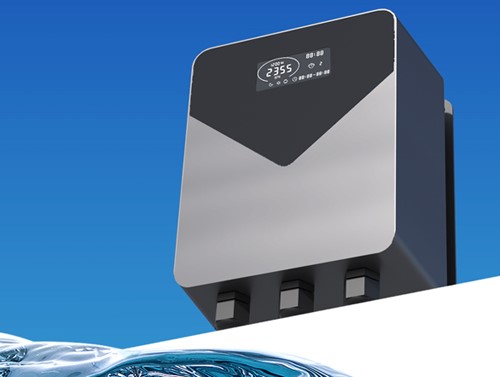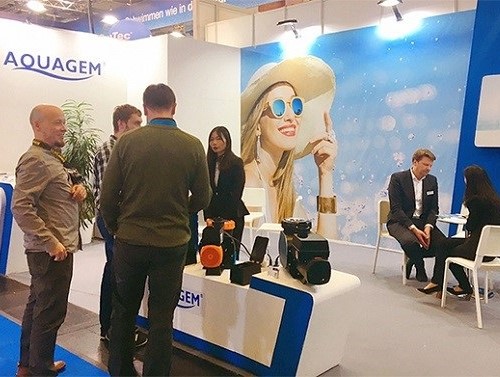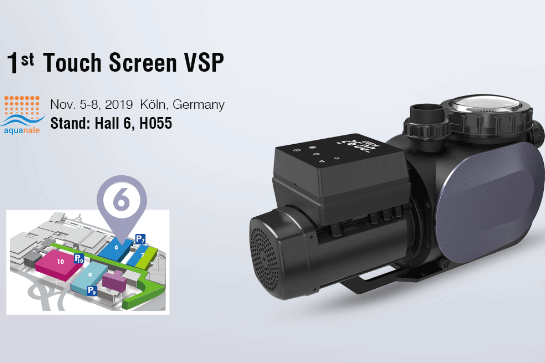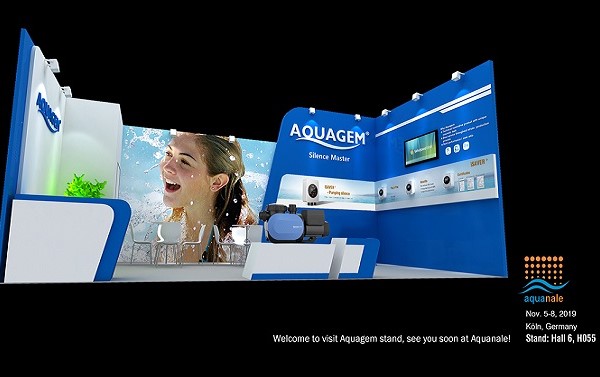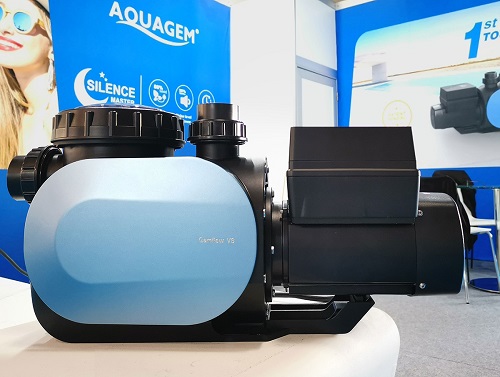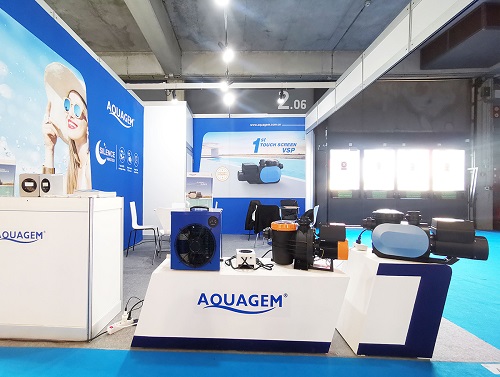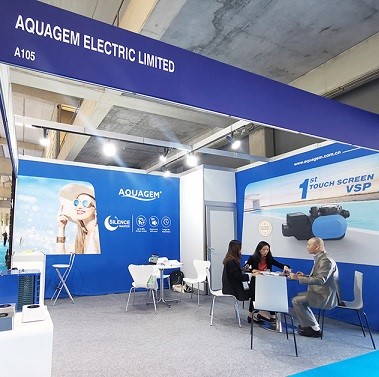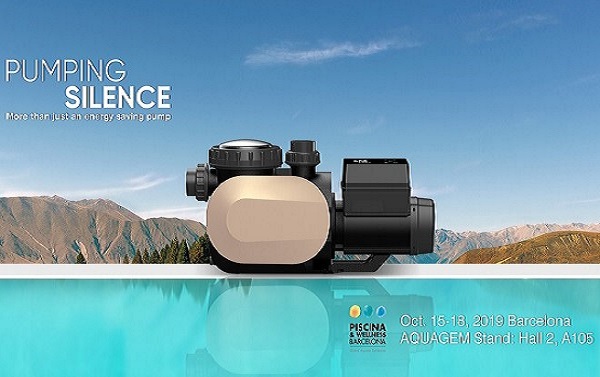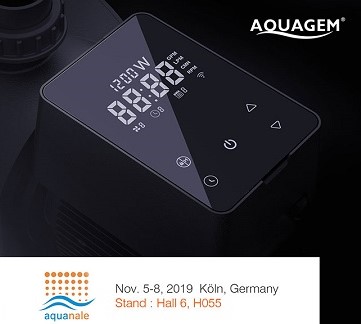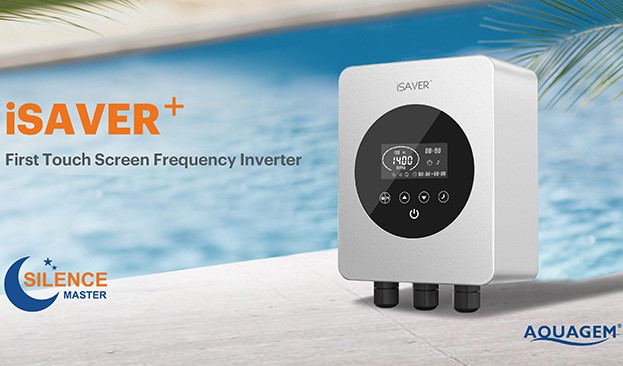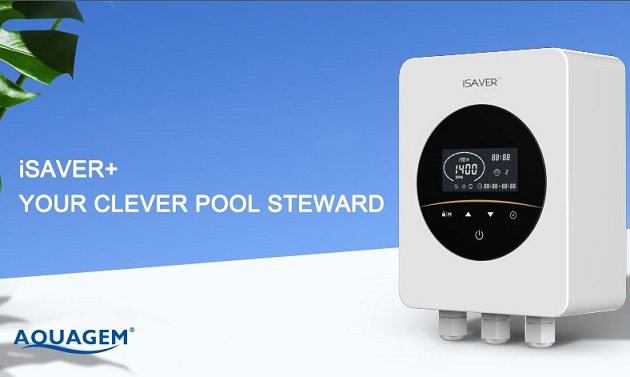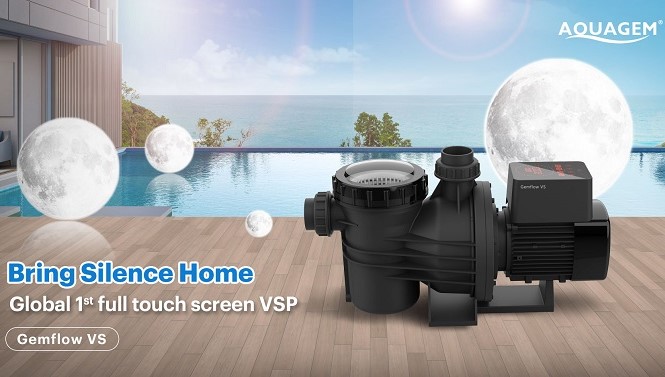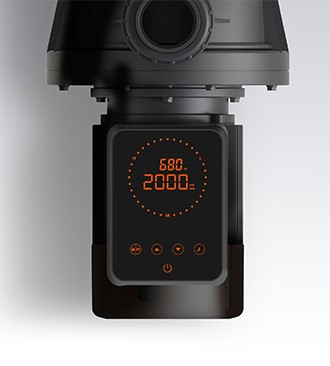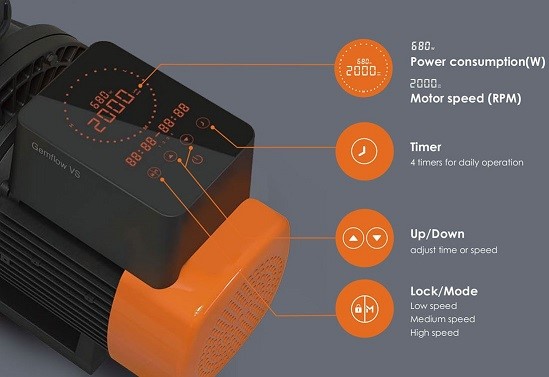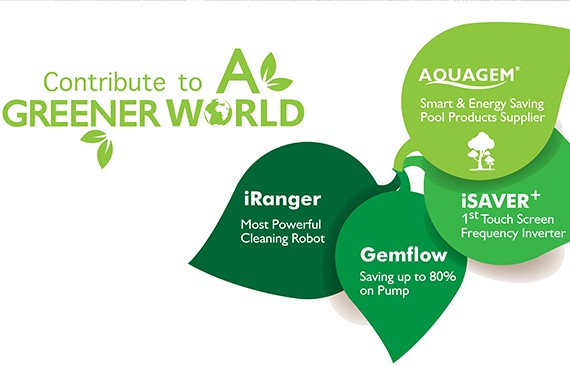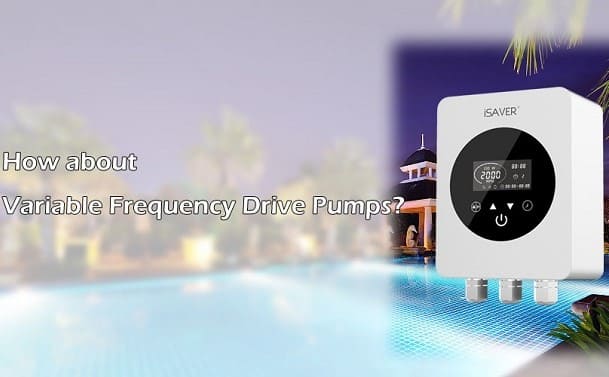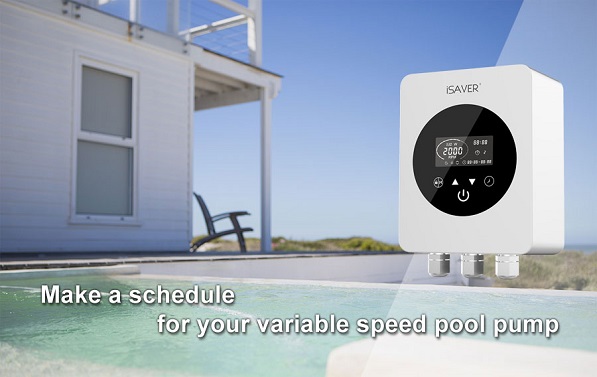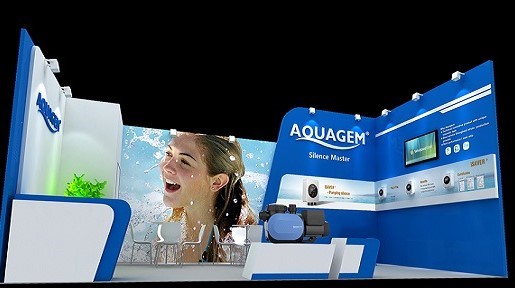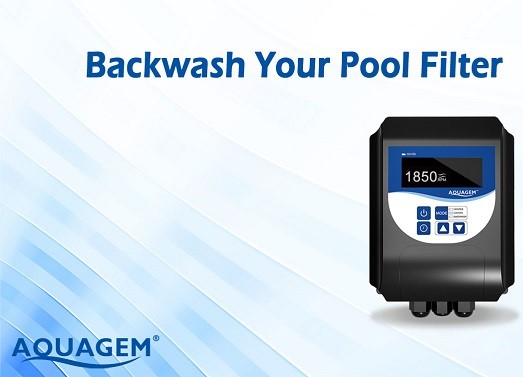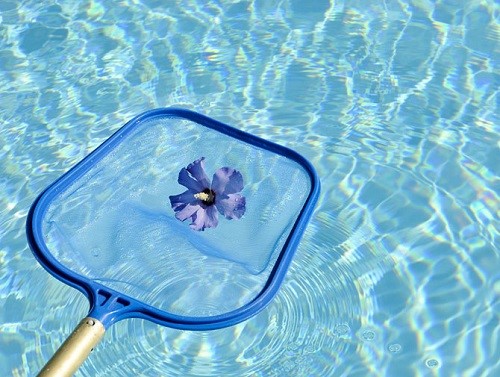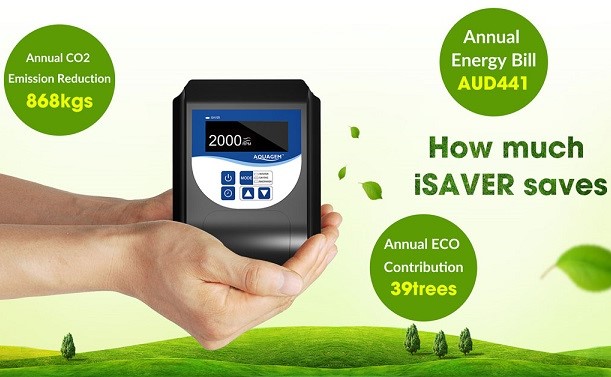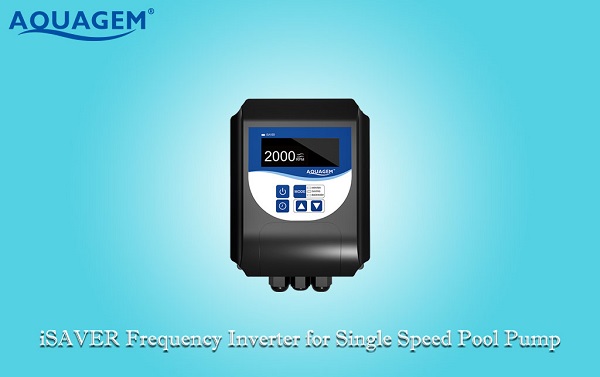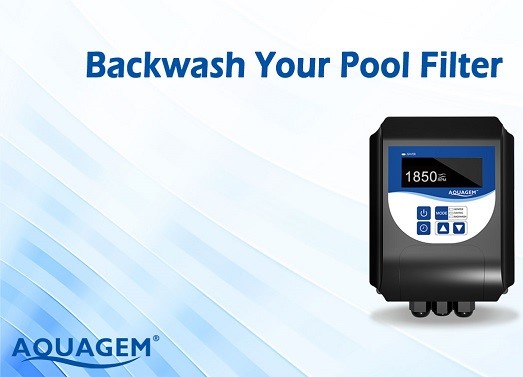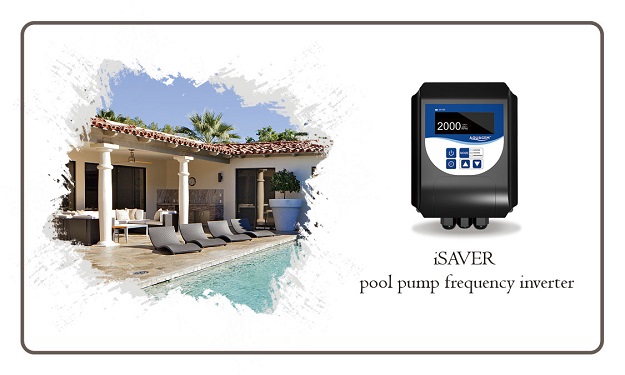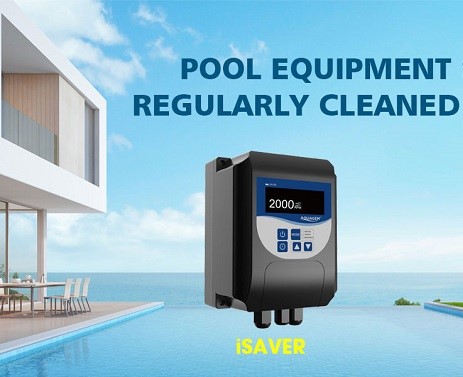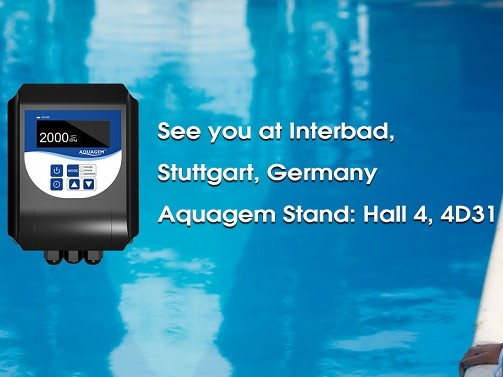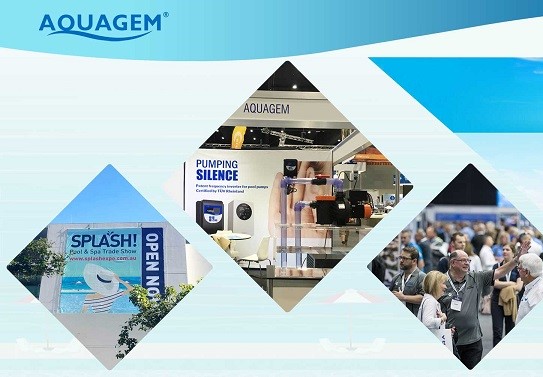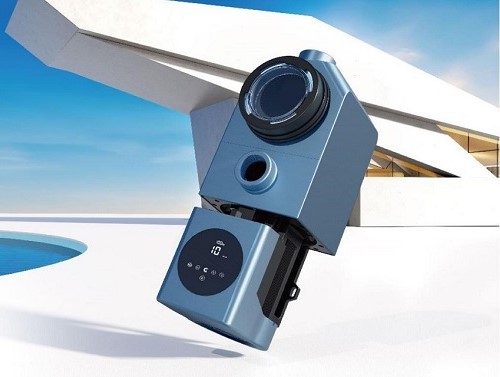To determine what size of pool pump fits your swimming pool best, you need to figure out the requirement to filter all the water in your pool in 8 hours period, which includes 2 key factors to be considered- the flow rate and the dynamic head. Here’s a complete step-by-step pool pump sizing guide to help you do the calculation.
Step 1: Measuring Your Pool
First of all, you need to figure out the total water volume of your swimming pool by measuring the length, width, and depth of your swimming pool in meters. If the bottom of your pool is not flat, you may need to measure the depth of the shallowest and the deepest place for calculating the average depth.
Average Depth = (Shallow Depth +Deep Depth) / 2
If you don’t want to do the math, contact us and we will recommend the perfect pool pump size for your pool!
For the most common seen square/ rectangular pools, the water volume (m³) can be calculated following this basic formula below,
Total Volume (m³) = Length x Width x Average Depth

Picture credit by swimuniversity
For example, if your pool is 8 meters long, 5 meters wide, and 1 meter deep on average, the pool volume would be like:
8 m x 5 m x 1 m = 40 m³
Now with the number of pool water volume in total, it’s easier to keep on figuring out the first key factor- the flow rate in the next step, which is important in determining the size of the most appropriate pool pump.
Step 2: Calculating the Flow Rate for your pool pump
With the approximate total water volume in your pool, the next step is to calculate the minimum flow rate for the pool pump. Before the calculation, it’s necessary to figure out the number of ‘turnovers’ your pool needs a day. According to the industry standard, a private swimming pool usually needs 2 turnovers per day, with different options to run your pool pump to pump all the water in your pool in 6-hour cycles, 8-hour cycles, and 10-hour cycles.
The key to improving the pool operational efficiency lies here. Commonly running the pool pump at low speed for longer periods of time results in more balanced water chemistry and cleaner water quality, but it can also boost your electricity bill.
This is where inverter pool pumps come in handy – by automatically adjusting the running capacity from 30-100% to speed up and slow down complying to different circumstances, resulting in a up to 15 times energy saving and healthy pool.

Click to read more about InverPro here
The formula to calculate the minimum flow rate is:
Qmin (m³/h) = Pool Volume/ Circulation Time
For example, if your pool volume is 40 m³ and the pool water cycles in 8-hour period, the minimum flow rate should be:
40 m³ / 8 hours = 5 m³/h
When it comes to the maximum flow rate, luckily it depends on the plumping system and other equipment. You can simply refer to the backwash requirement of your filter.
Step 3: Figure out the Total Dynamic Head for your pool pump
Total Dynamic Head refers to the total equivalent height that the pool water to be pumped from your pool, taking into consideration the vertical height from the pool pump installation place to your swimming pool, the friction losses in the pipe from the length, dips, turns and twists of all the pipes. In formula:
H (m) = Vertical Height from the pool + Friction Losses in the Pipe
In practical calculation, every 4-5 turns in the pipe count for 1 meter in friction loss. For example, if your pool is 3 meters in height from the pool pump and there are 30 turns in the pipe, the minimum dynamic head should be:
3 meters + 30/5 = 9 meters
When selecting the pool pump, we recommend taking 20% more in consideration on the dynamic head. This is also a practical tip to ensure your pool pump works well.
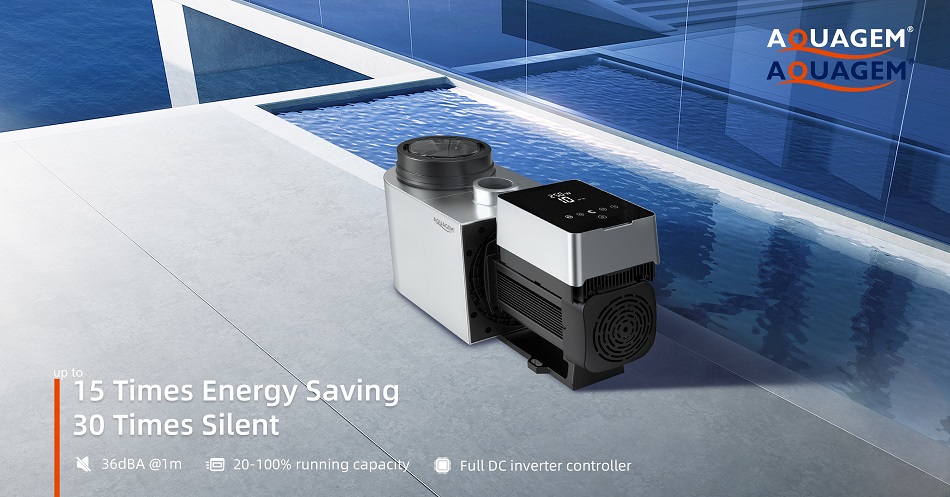
Step 4: Settle on your final specs
Here we have the necessary parameters for determining the suitable pool pump for your swimming pool. All pool pump models will have charts with advised pool volume, flow rate ranges, and total dynamic head. You can simply refer to the suggested model for determining the best inverter pool pump for you.
Aquagem InverPro inverter pool pumps:

Other things to consider
Apart from the flow rate and dynamic head, there are other elements to consider during the selection of the best pool pump for your sweet pool, such as operational sound level, energy efficiency, durability, environmental impacts, and other small things that may contribute to your user experience.
This is why we always recommend the InverPro inverter pool pump by Aquagem. Its InverSilence® technology allows you to run your pool automatically, energy-efficiently, quietly. Not only will you get your pool water circulated at all times, but you’re saving money on electricity costs as well.

Click to read more about InverPro here
Conclusion
It’s always best to get the right size pool pump for your swimming pool for optimal water circulation and changing variables. Hopefully, this complete pool pump sizing guide can help you with most of the conditions. If you have any questions about this topic or the featured products, please always be free to contact our experts for more professional advice.
For further topics, you can also refer to:
How To Choose The Most Efficient Pool Pump For Your Swimming Pool?
Pool Pump Troubleshooting and How to Fix It
5 Tips to Reduce Your Pool Maintenance Cost
How to Quiet Your Noisy Pool Pump
How Does a Pool Pump and Filter Work

